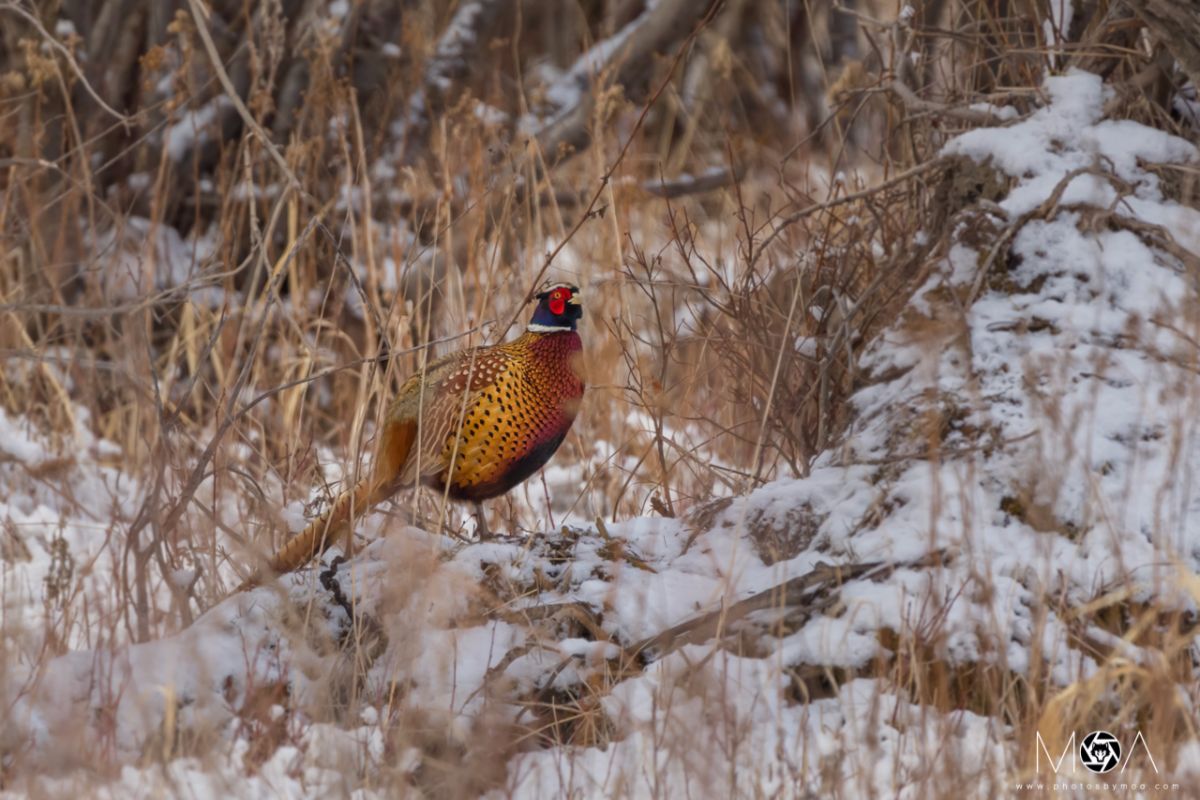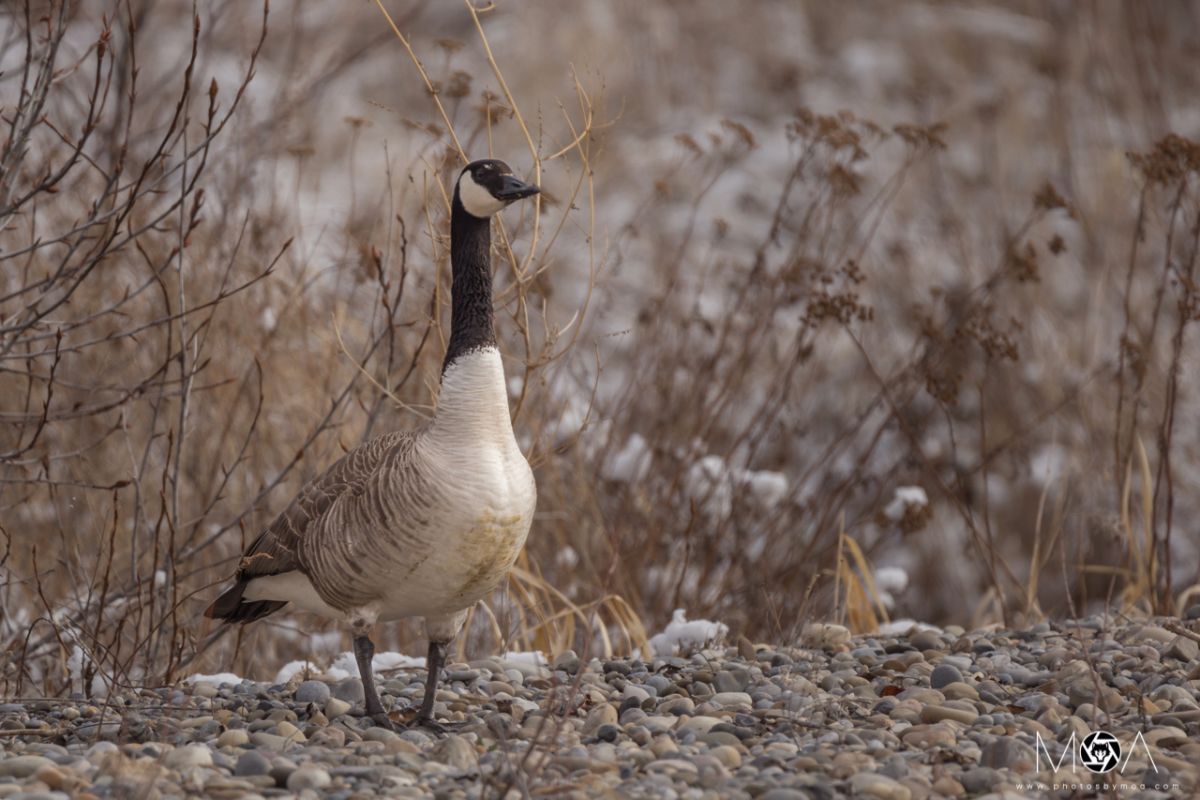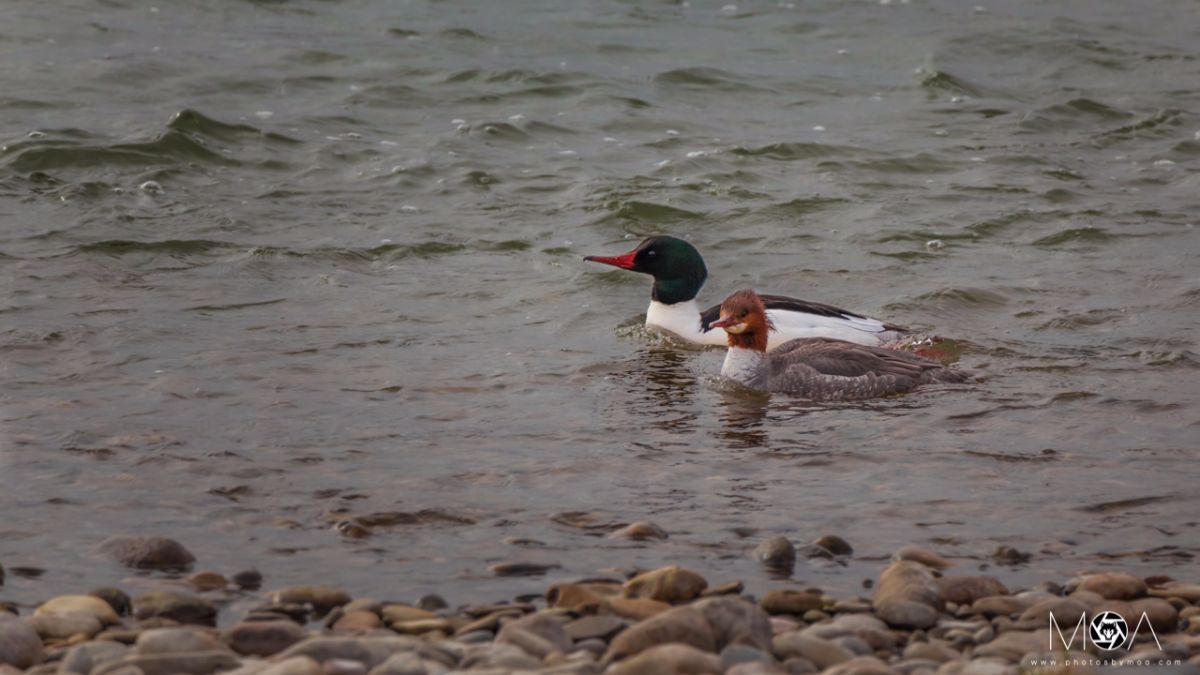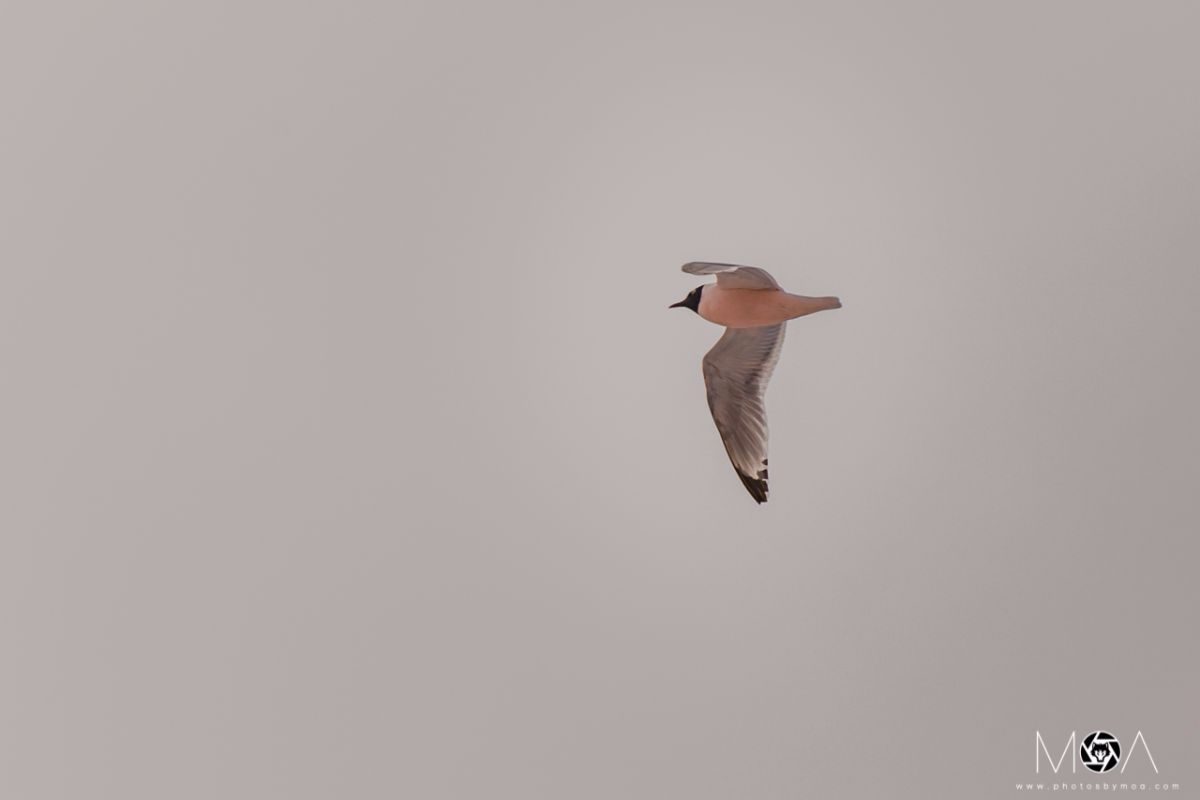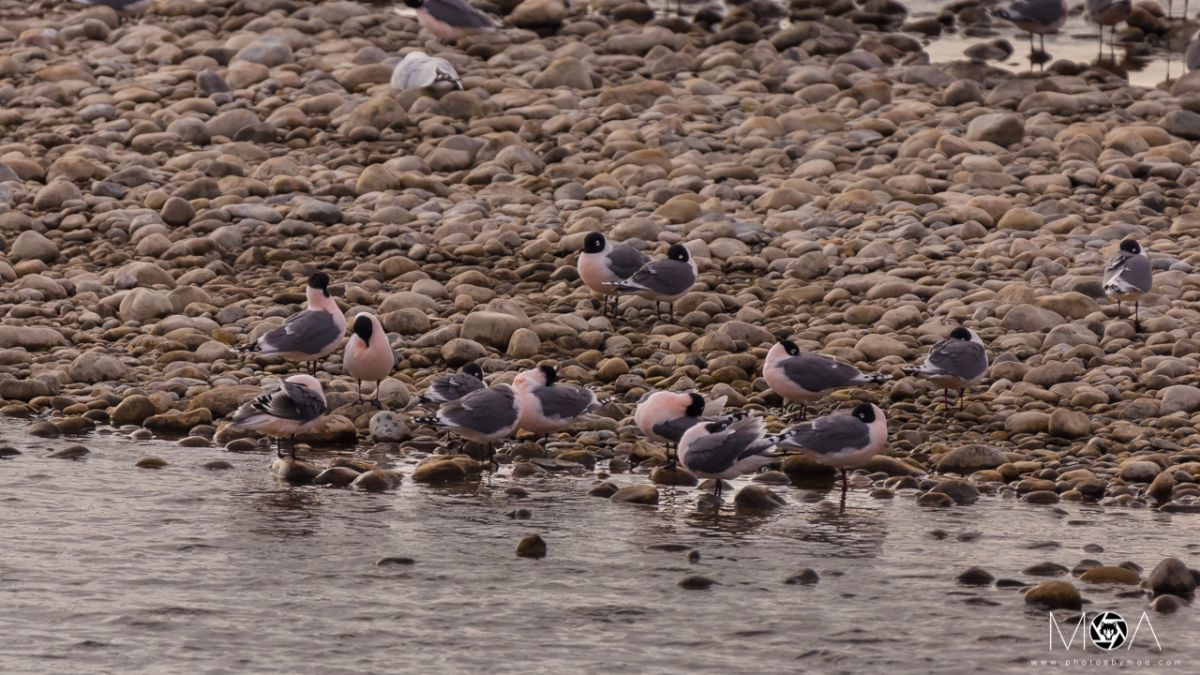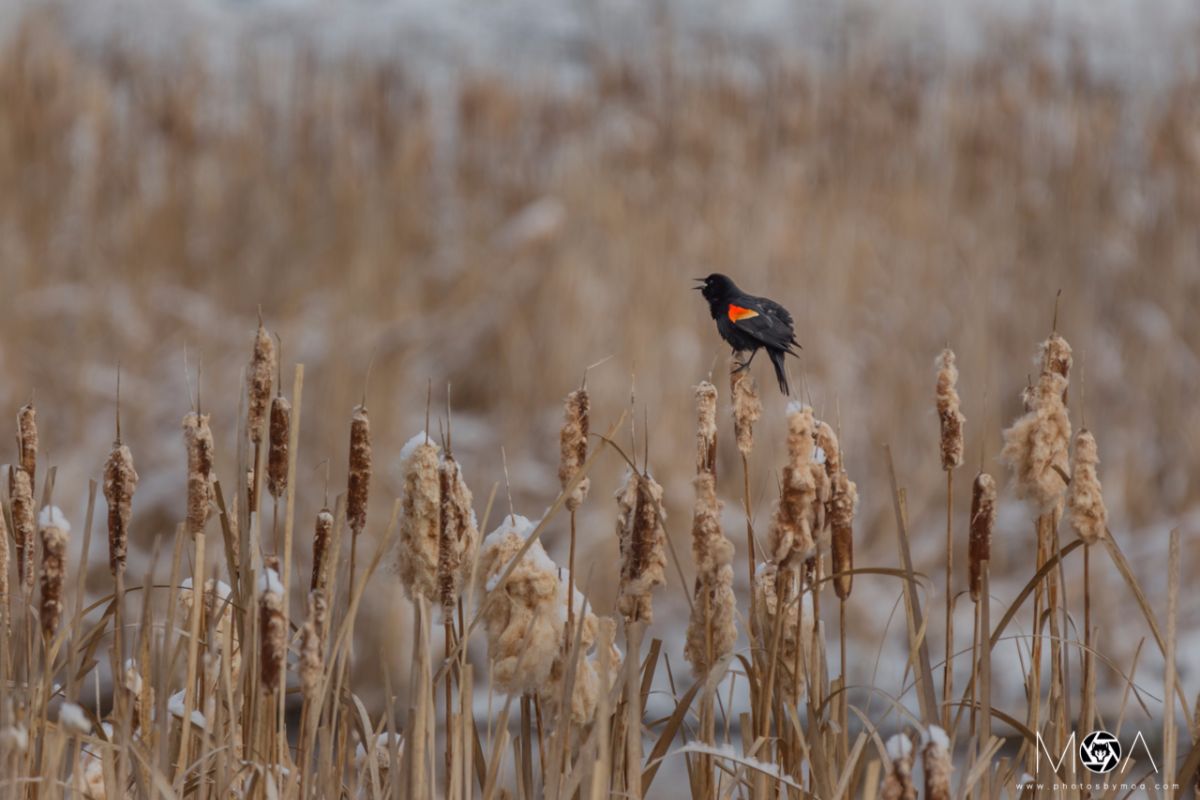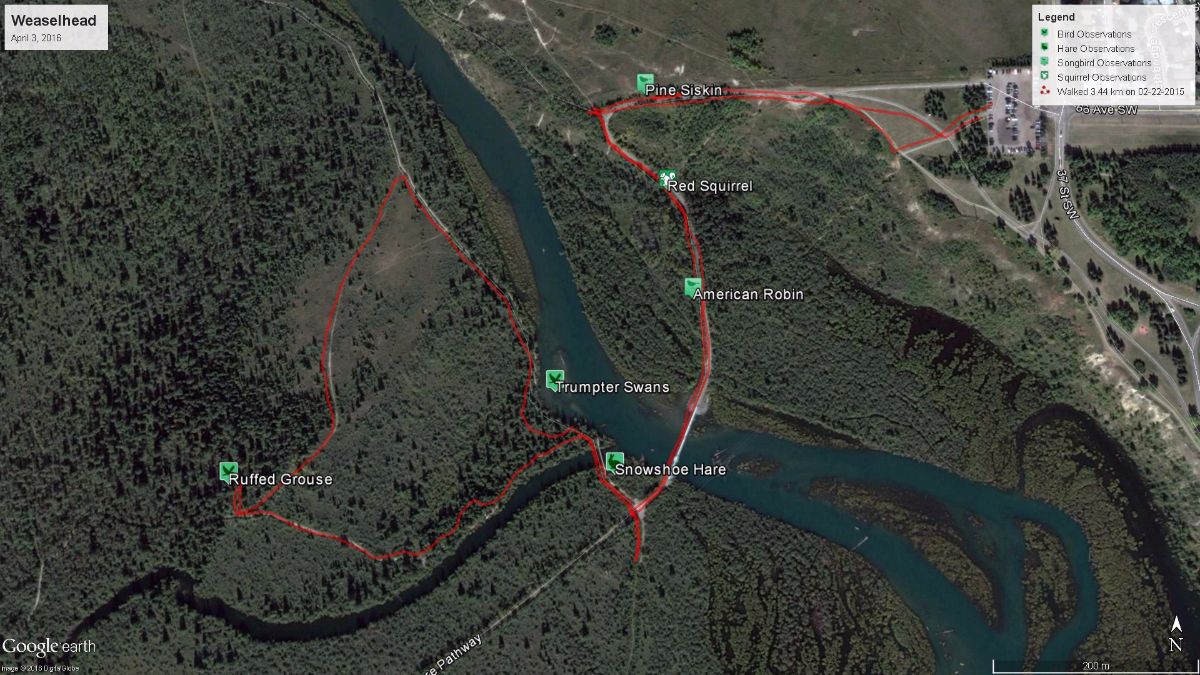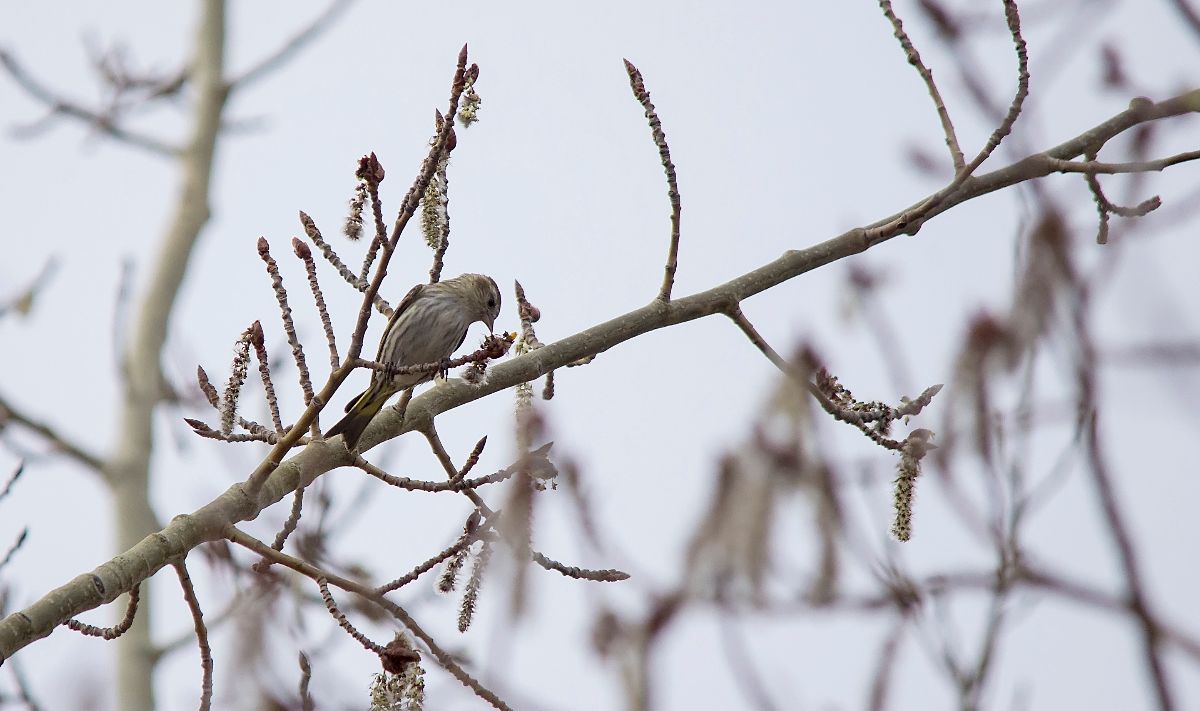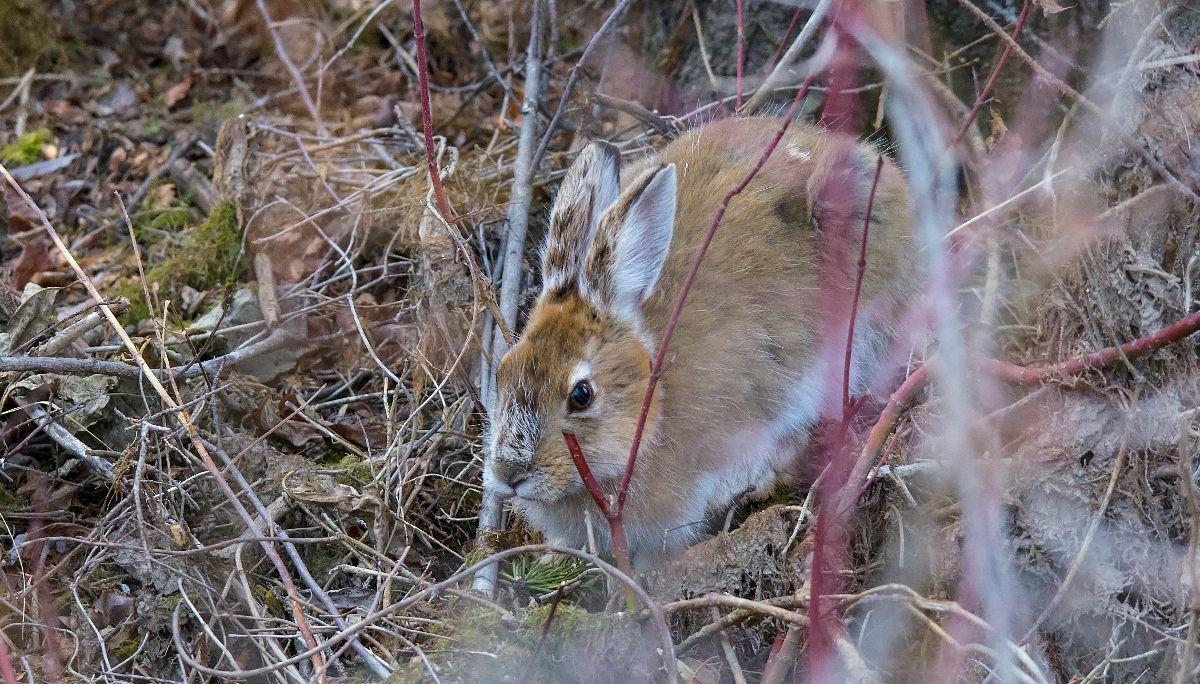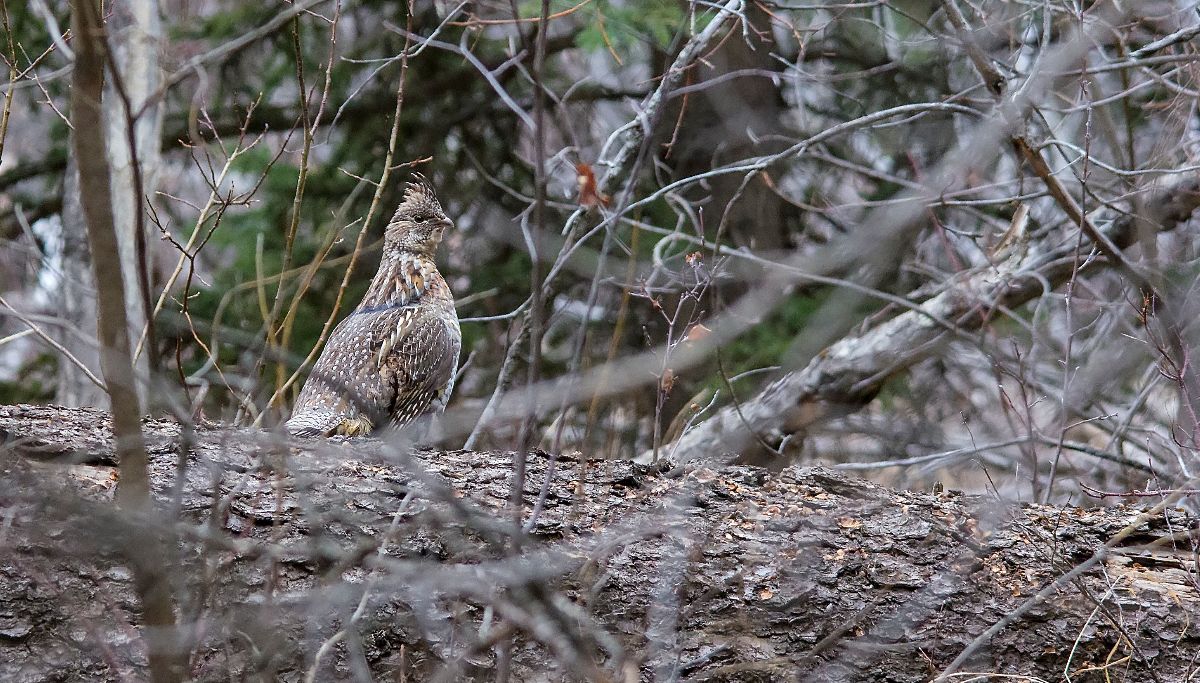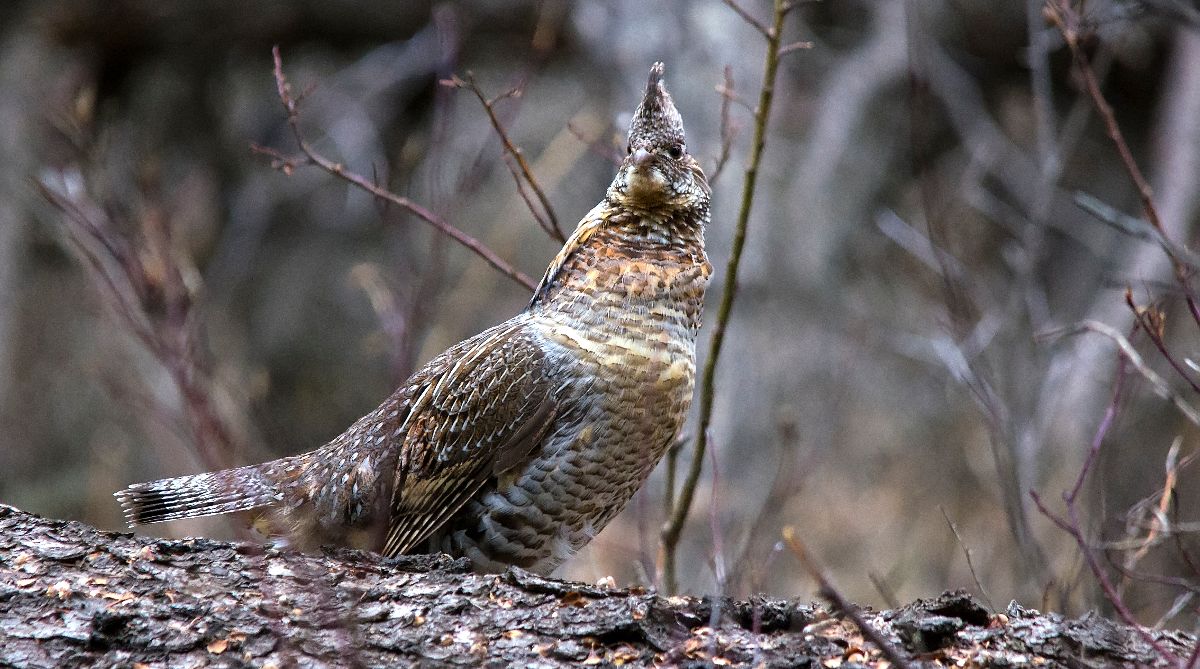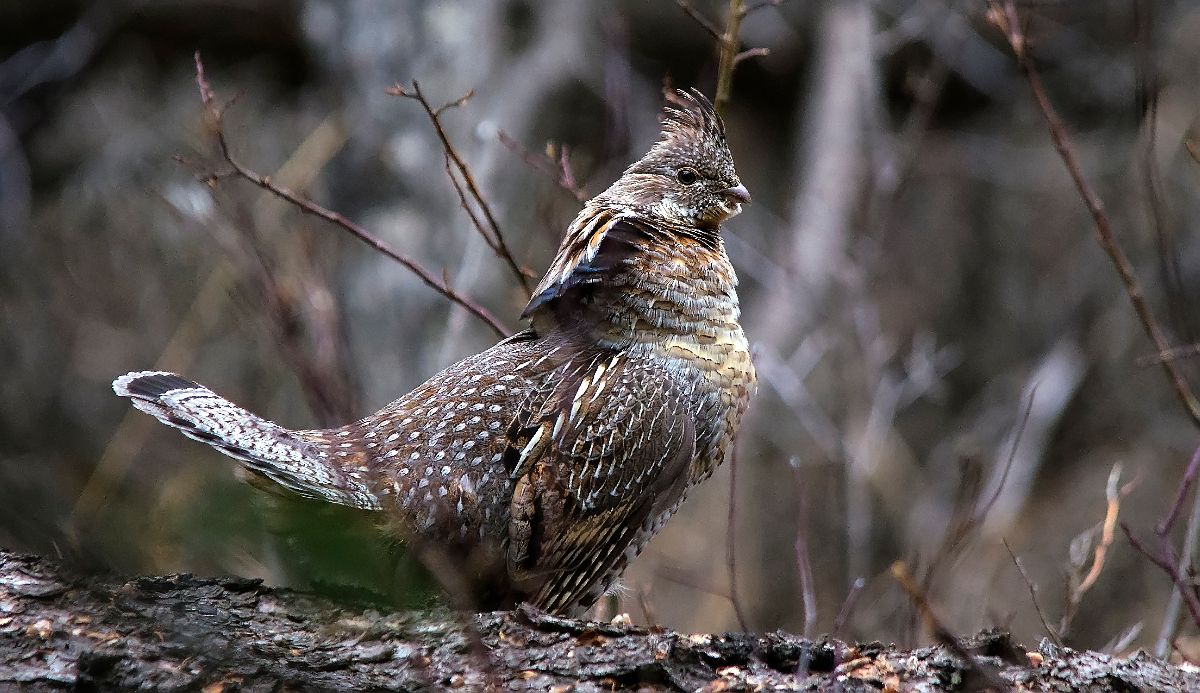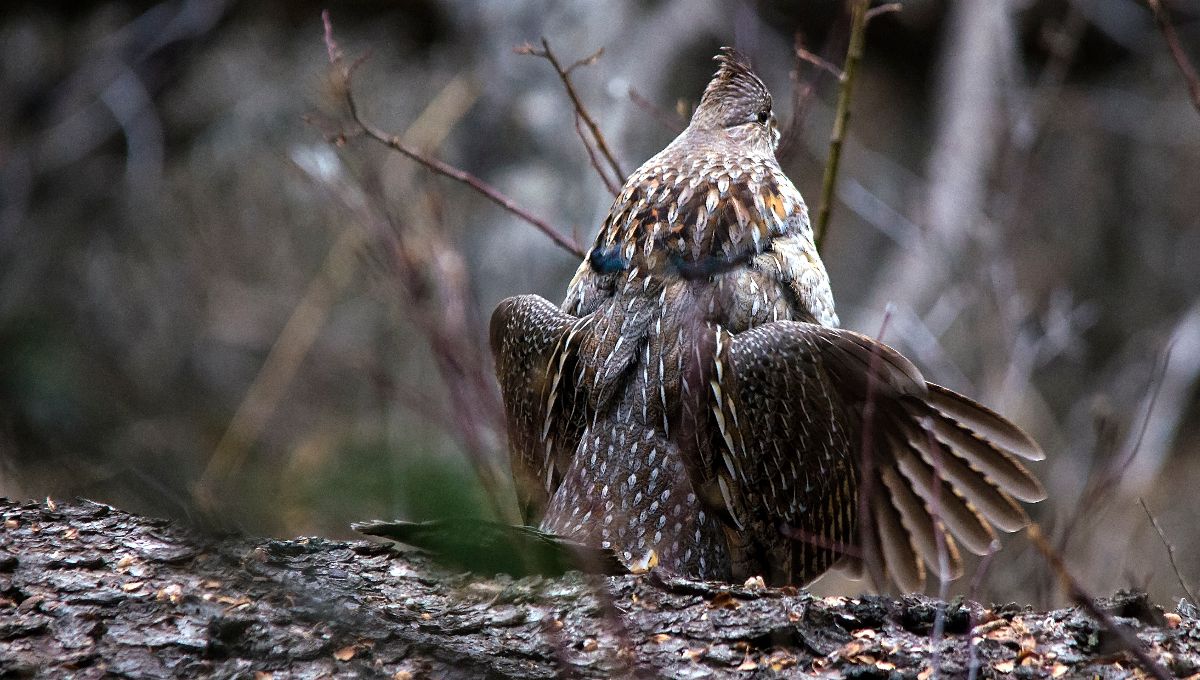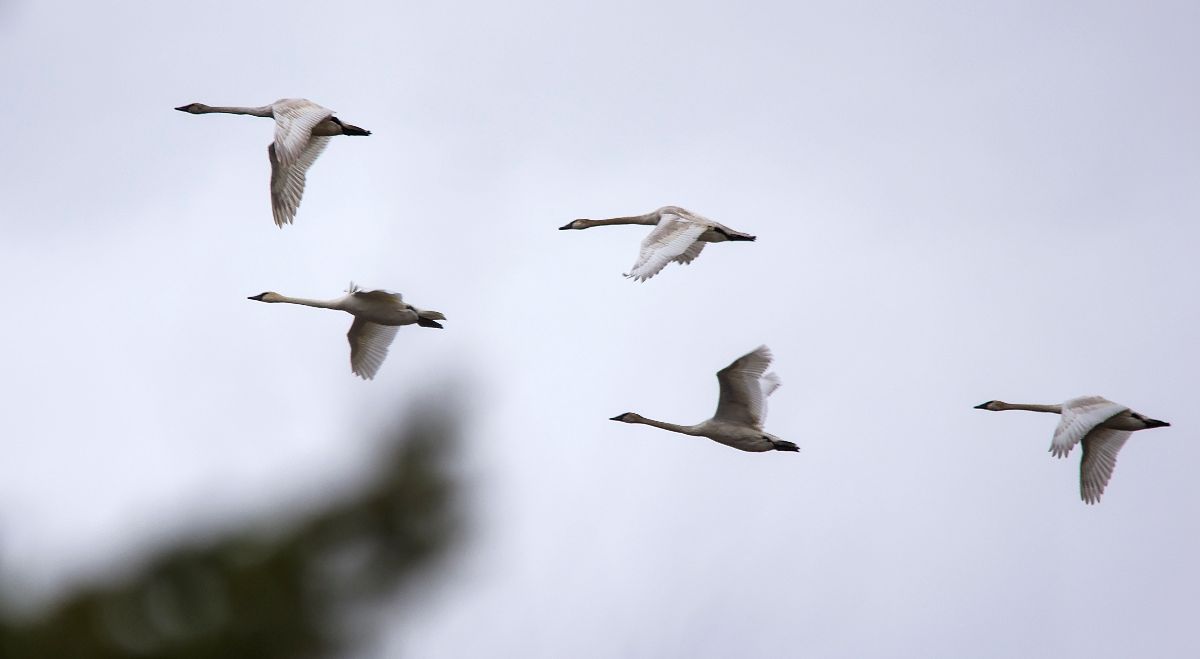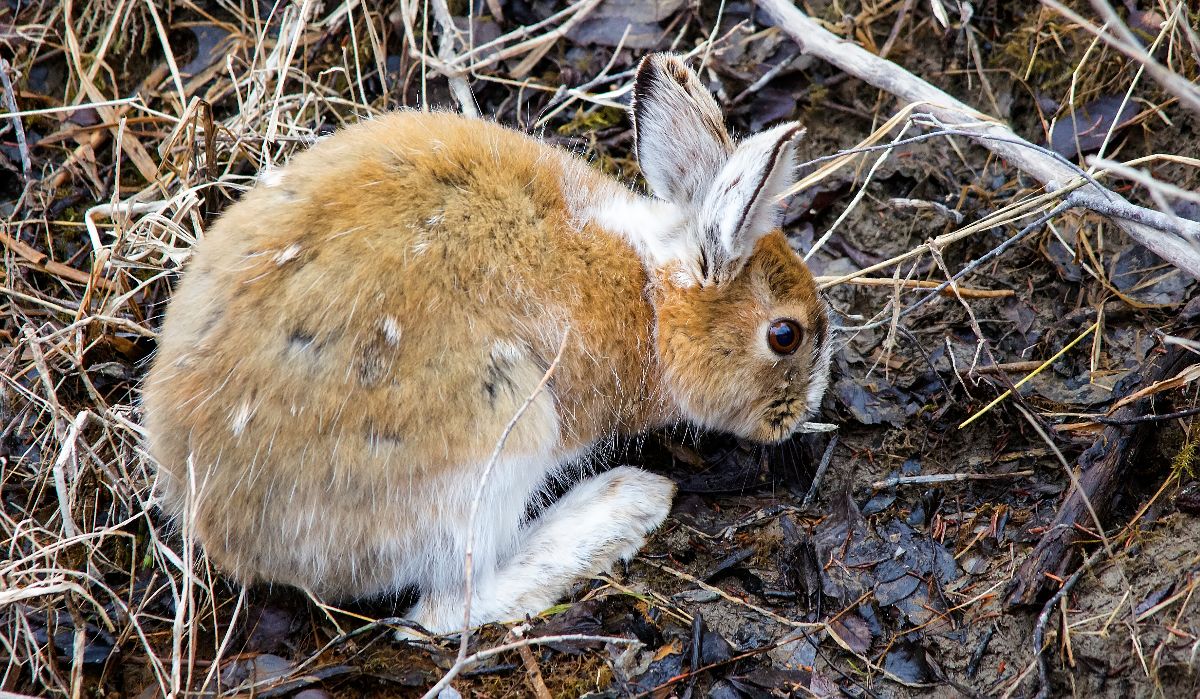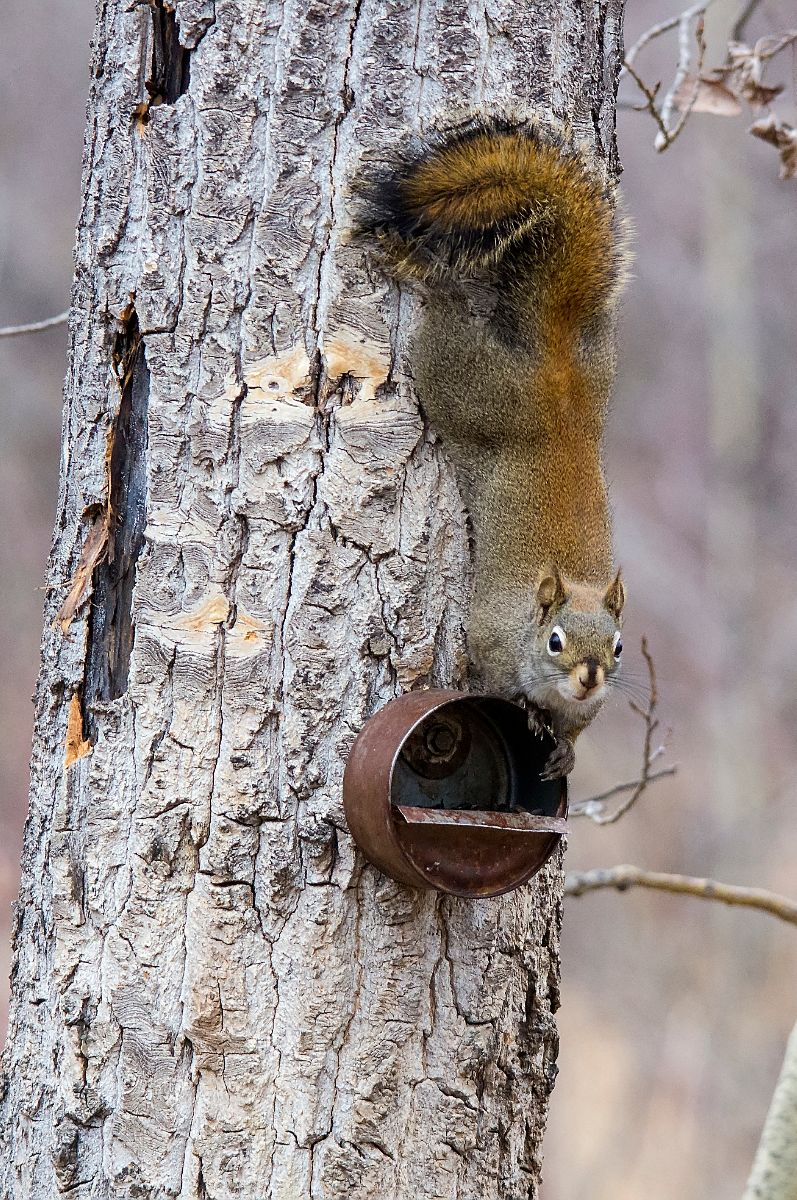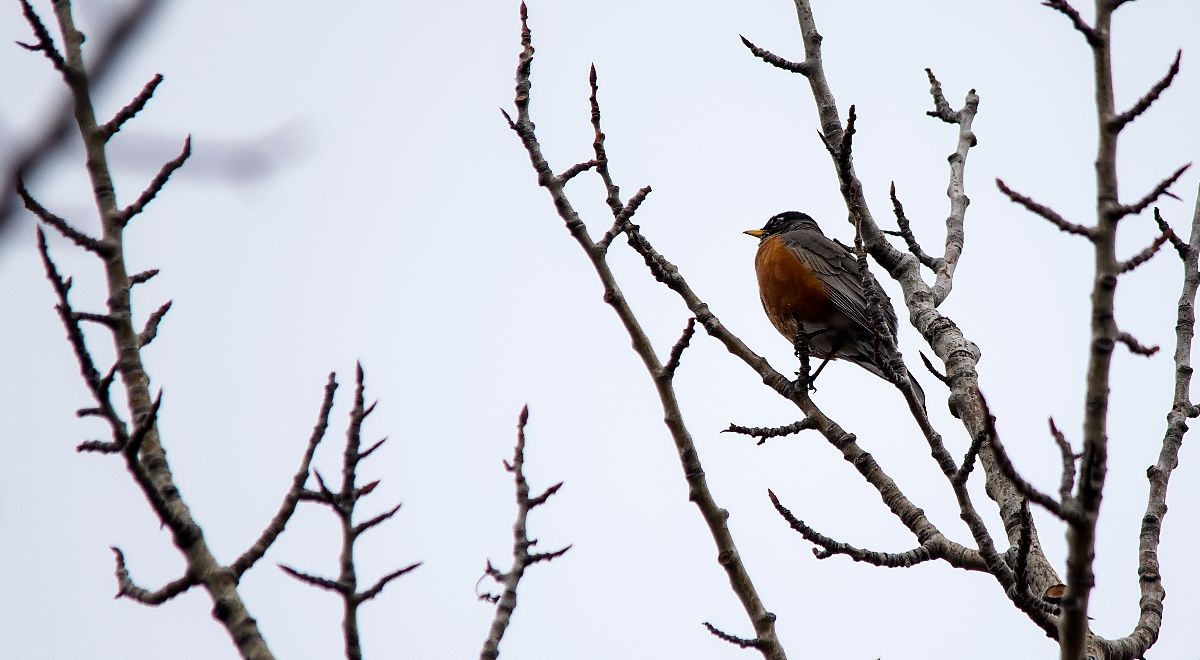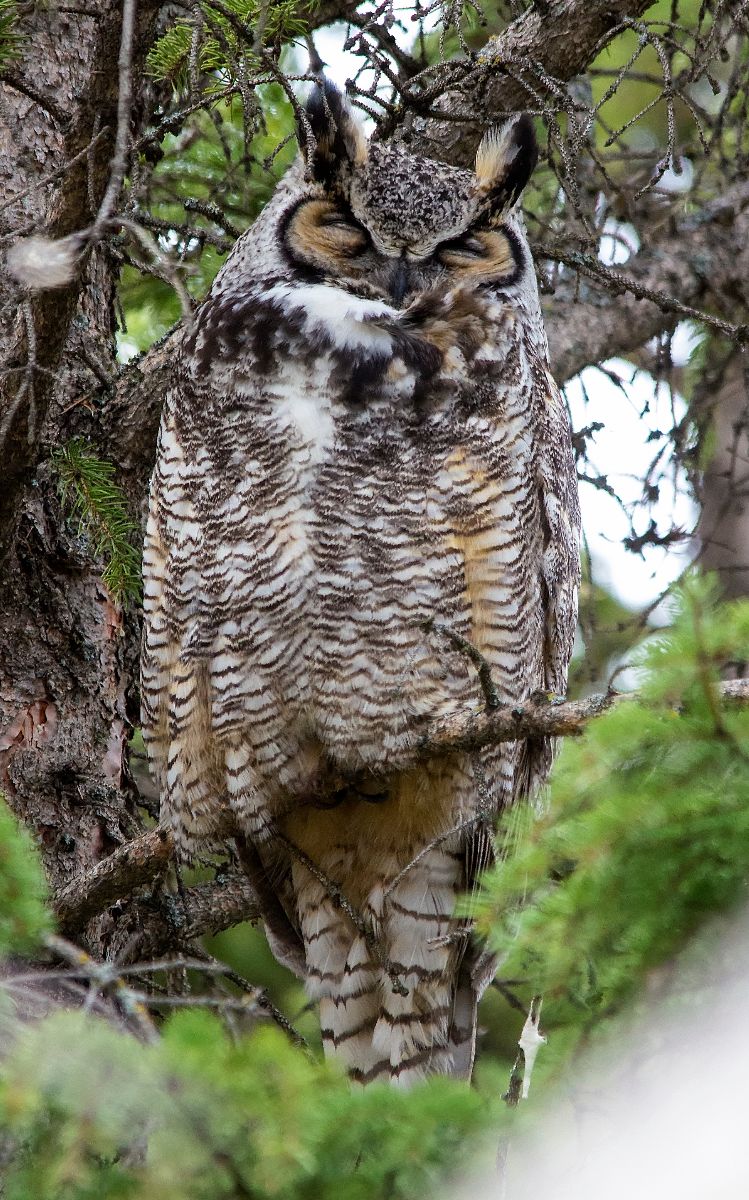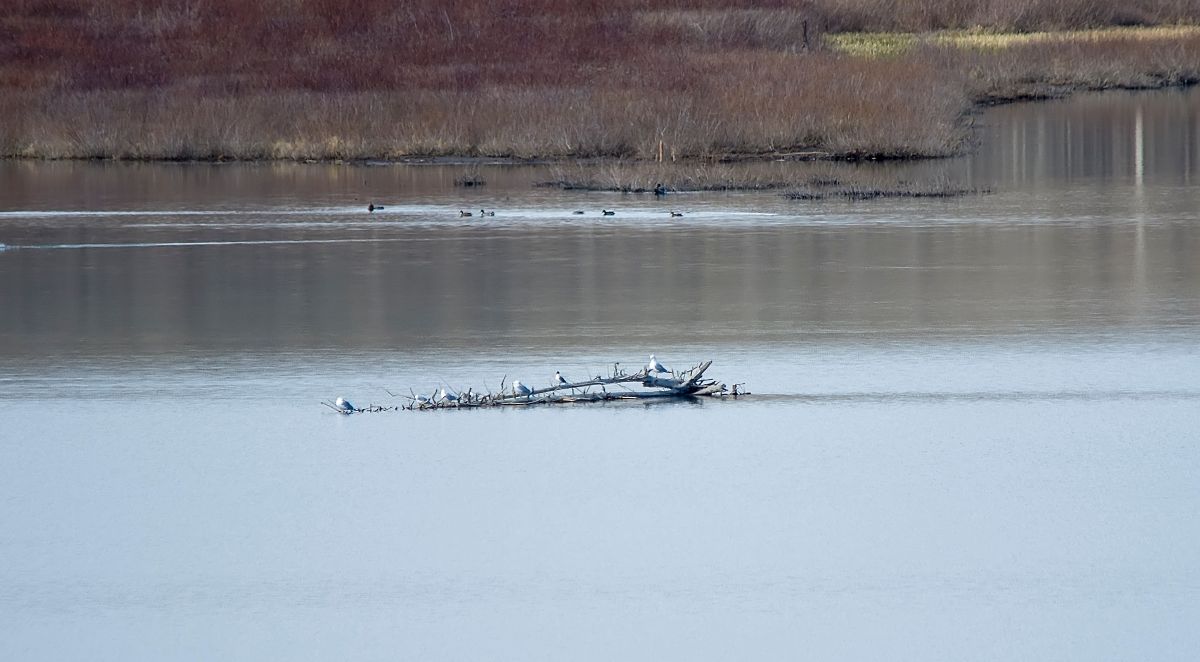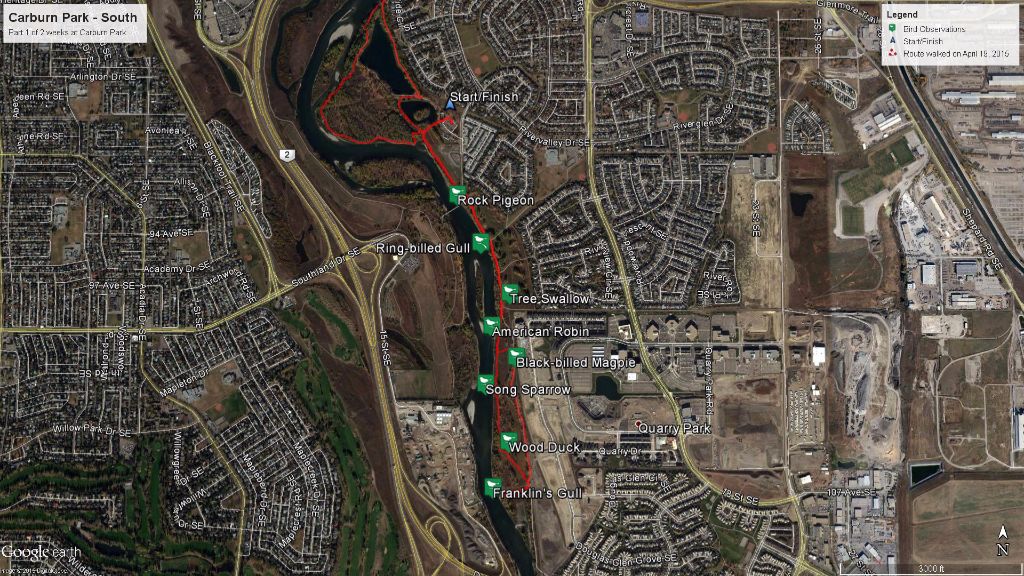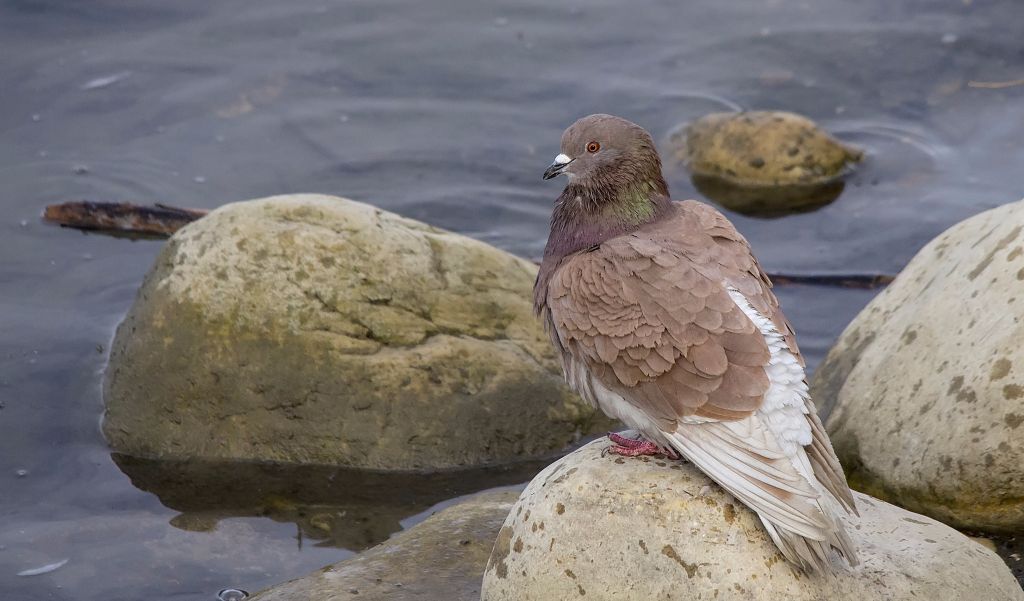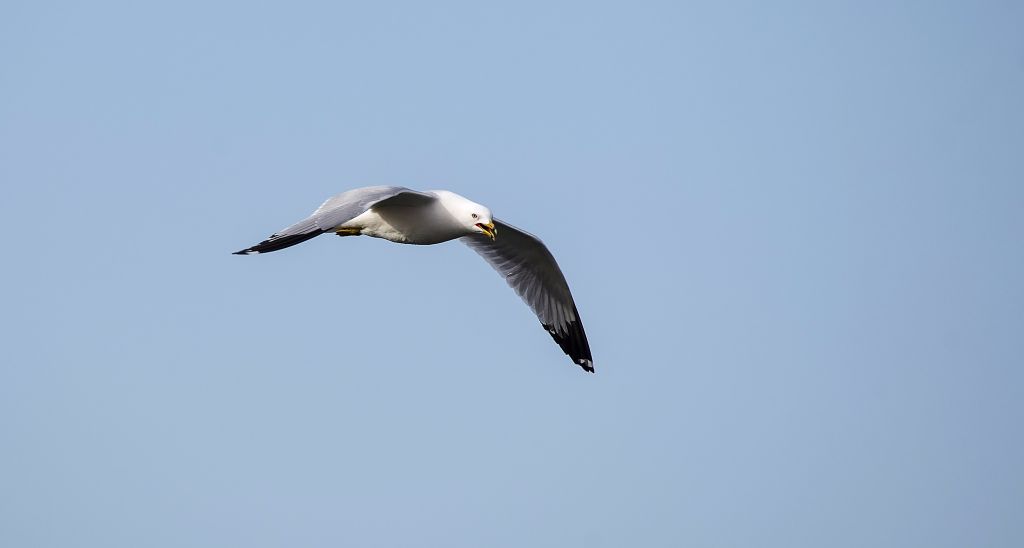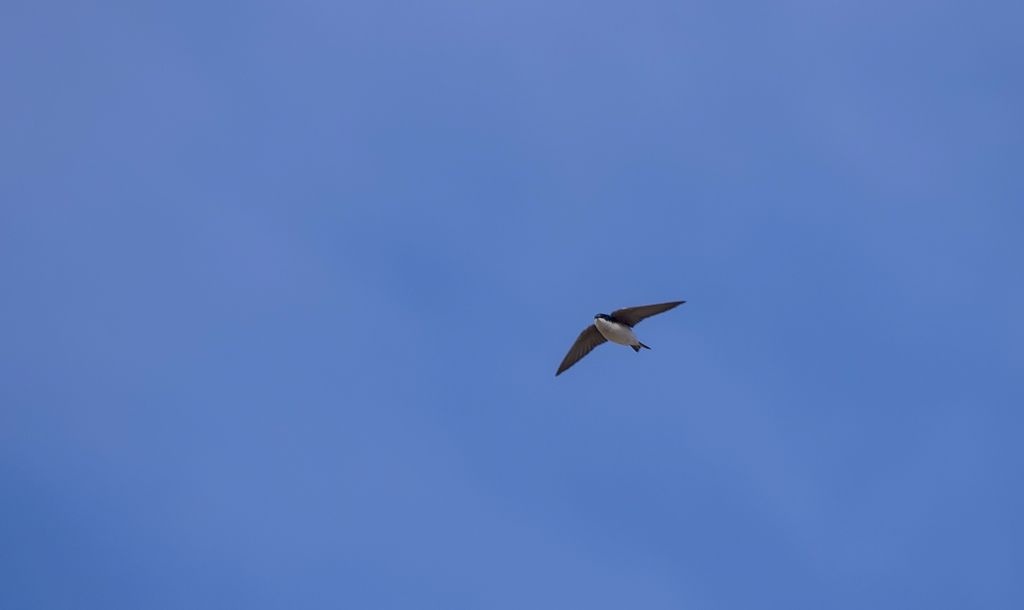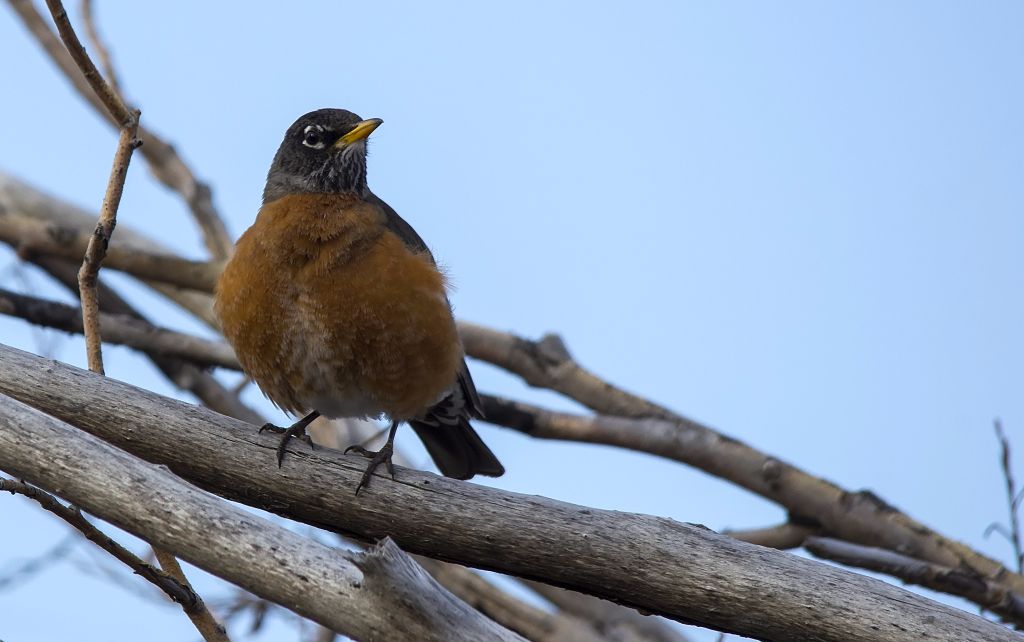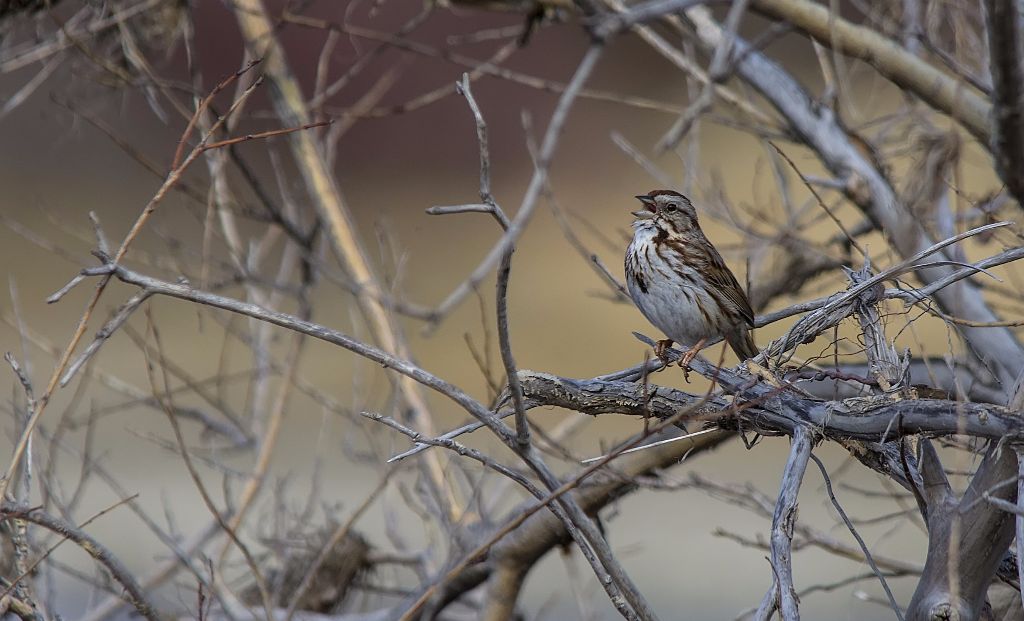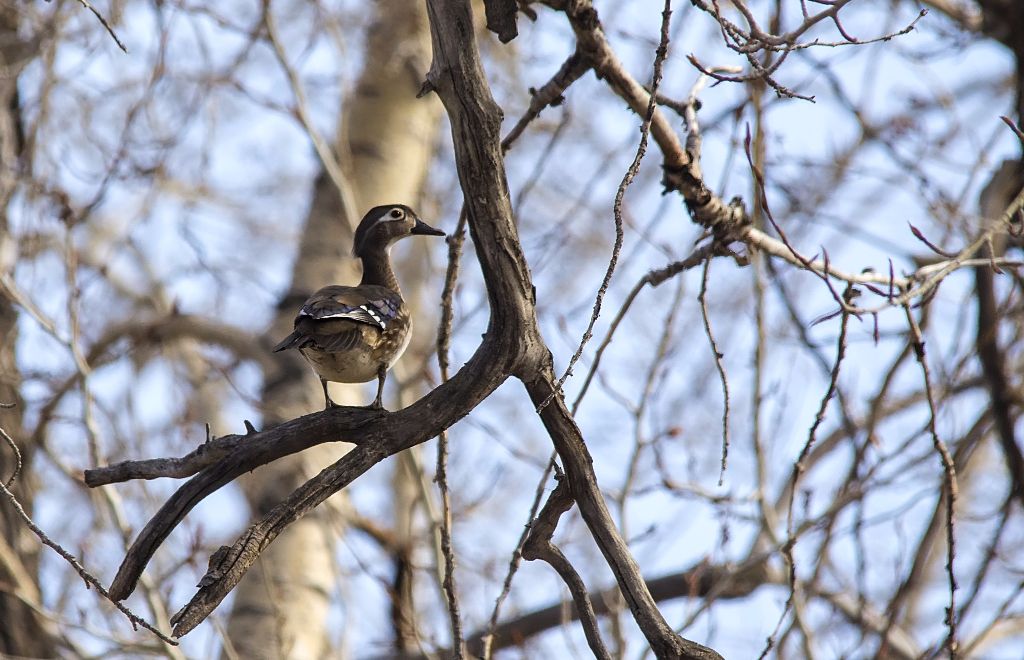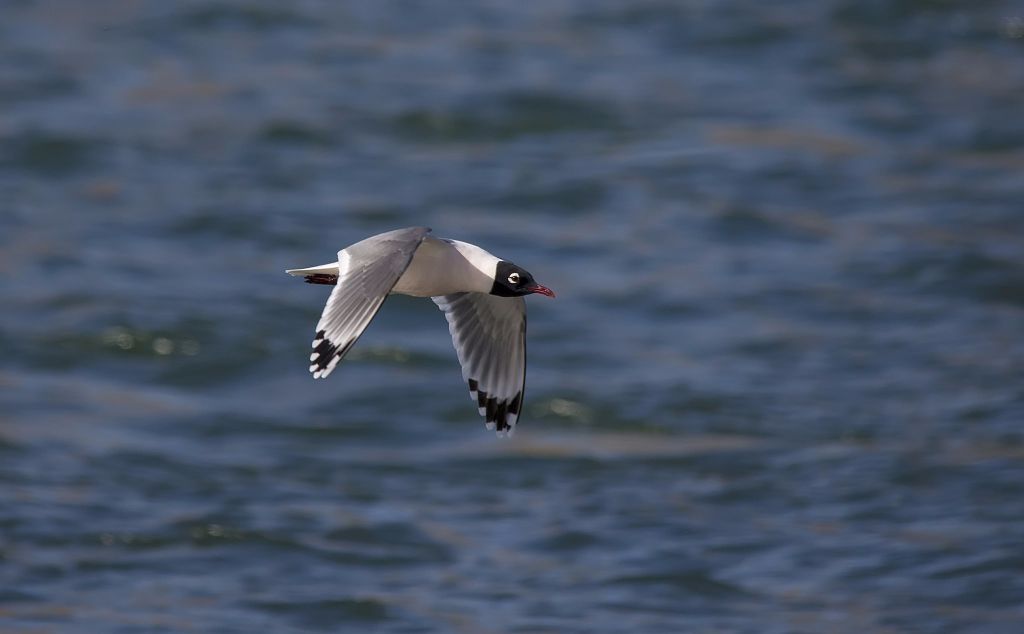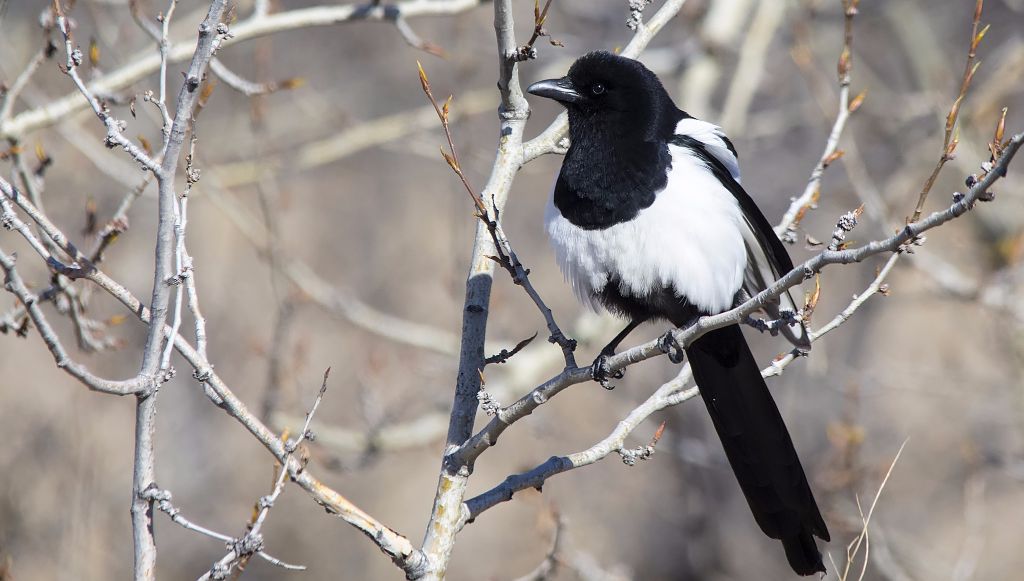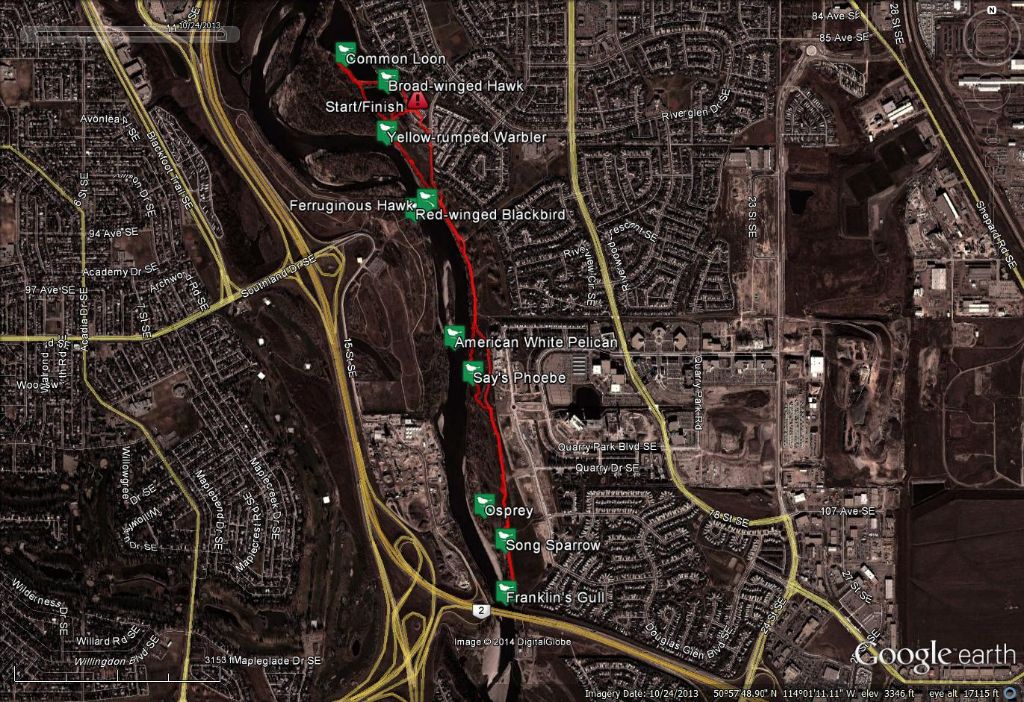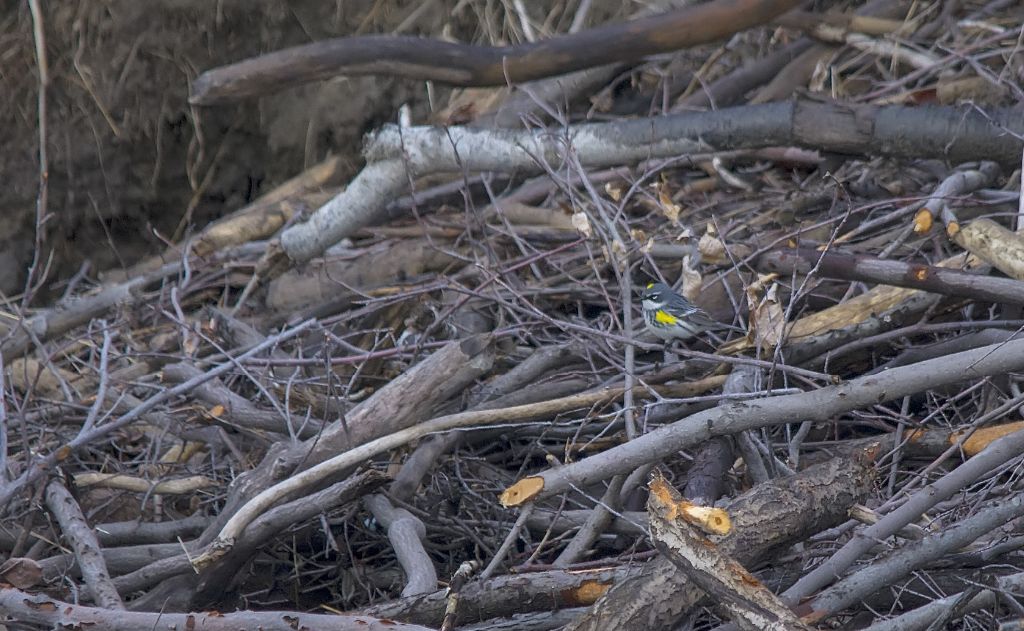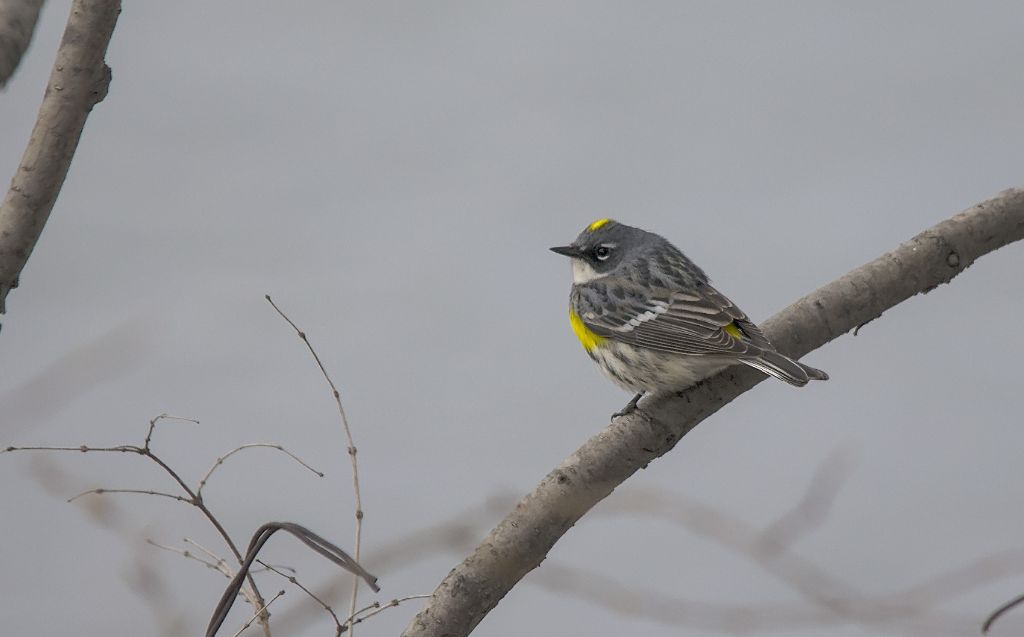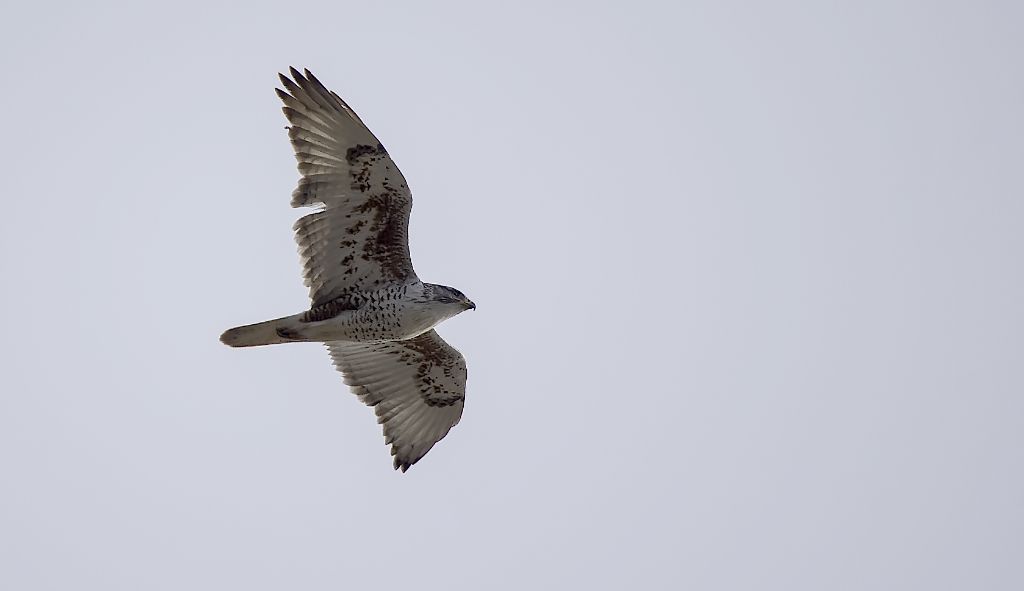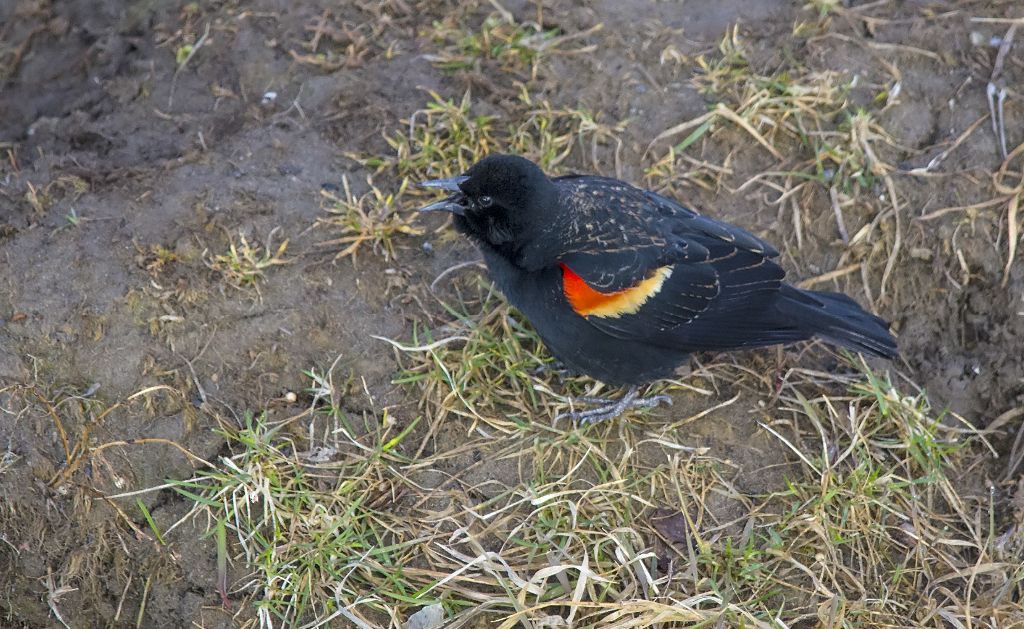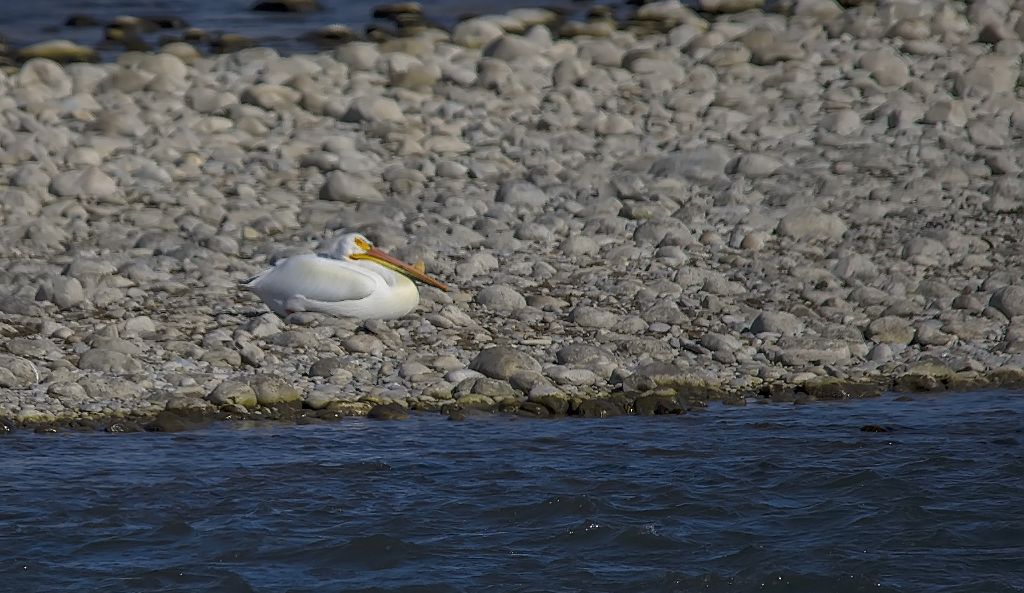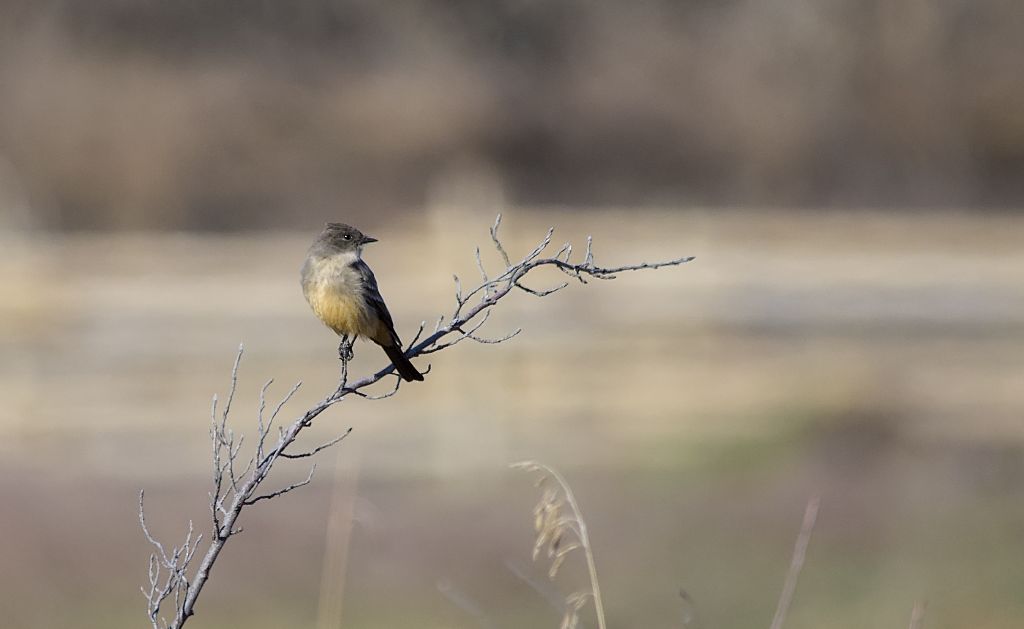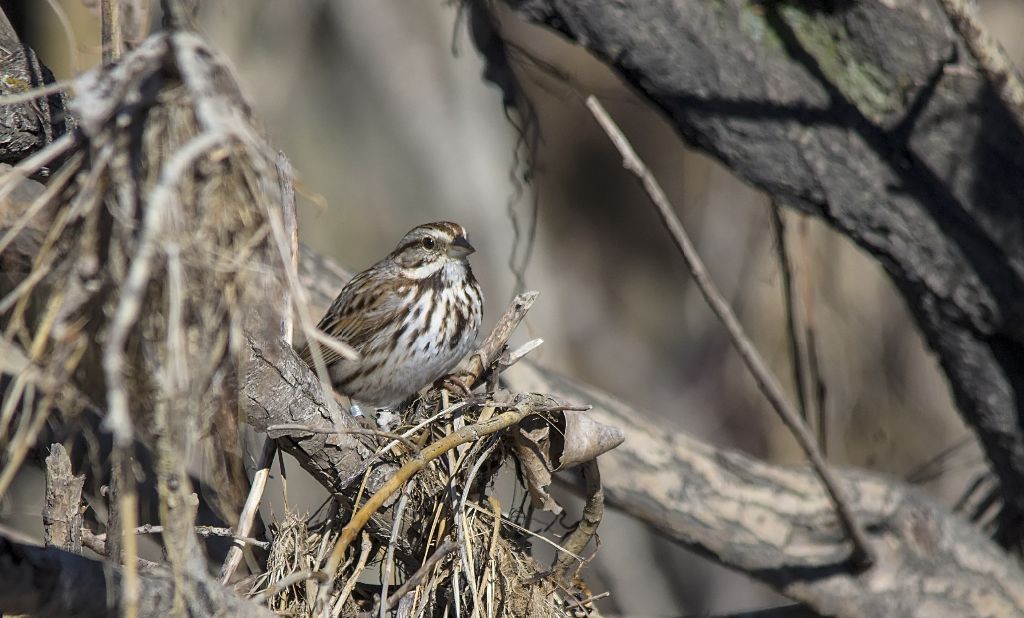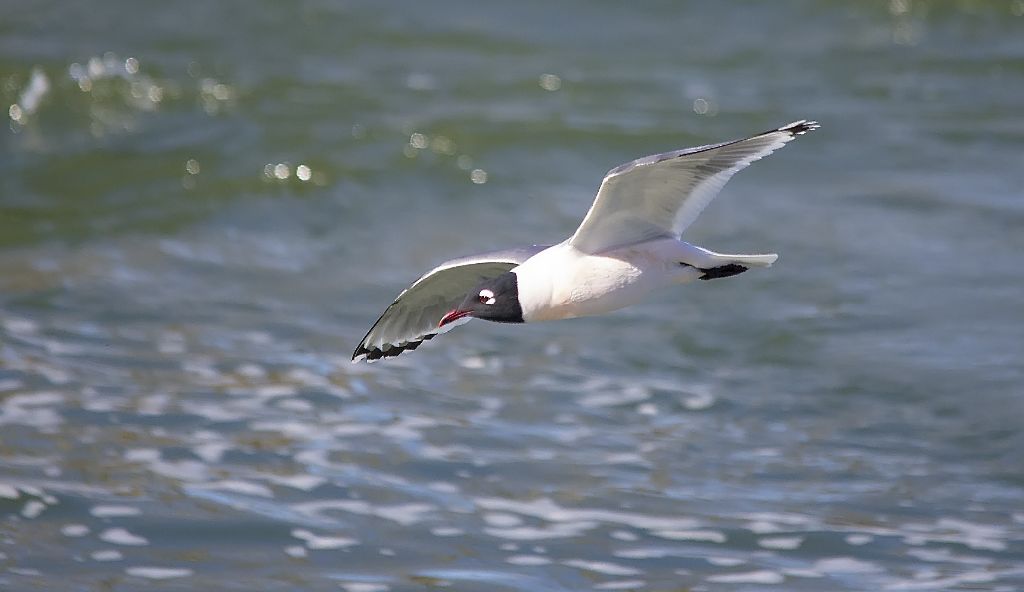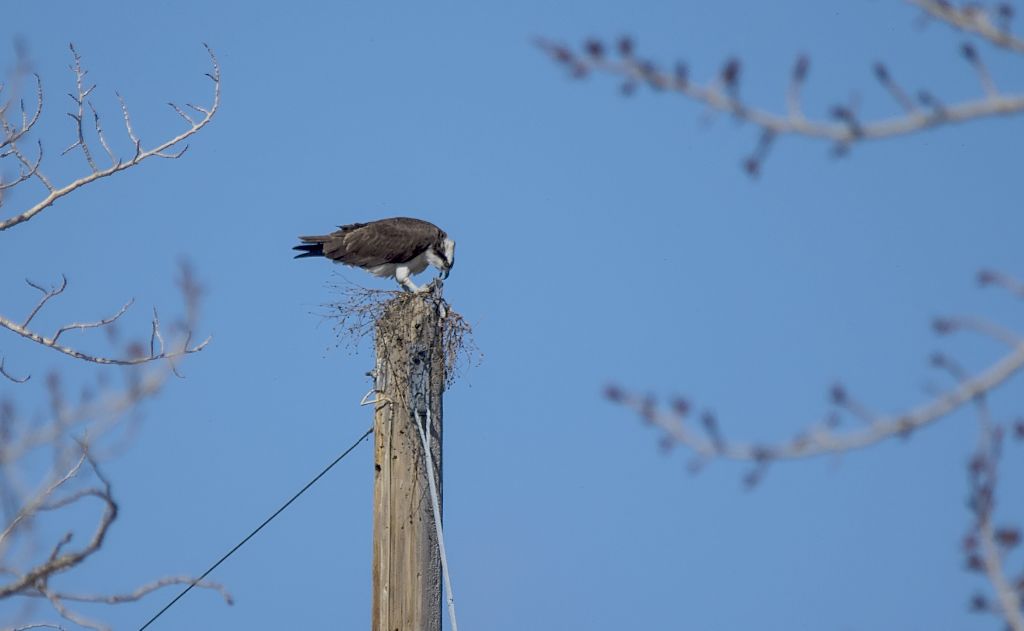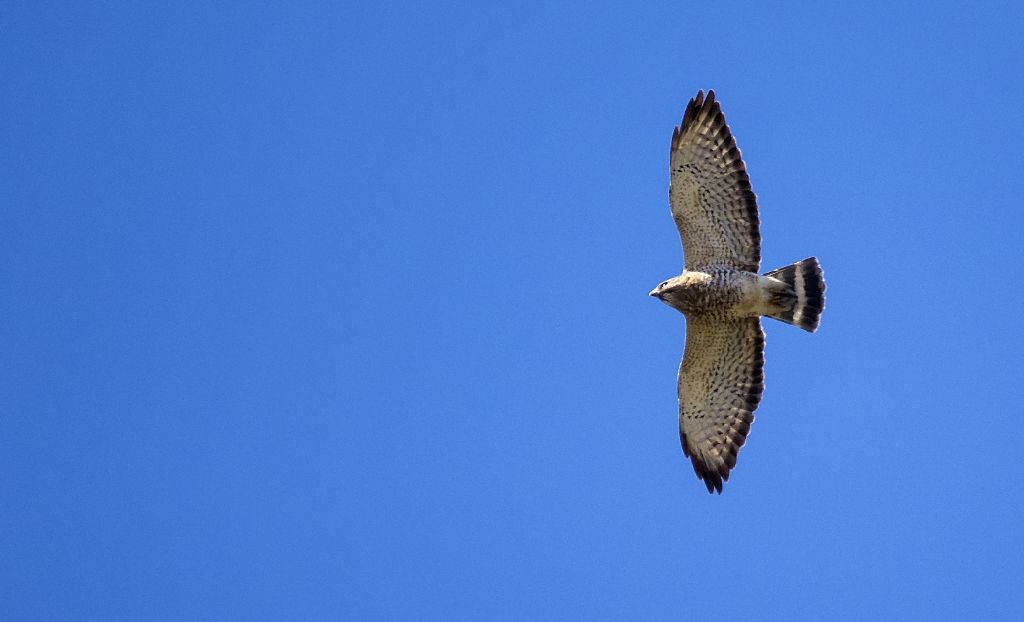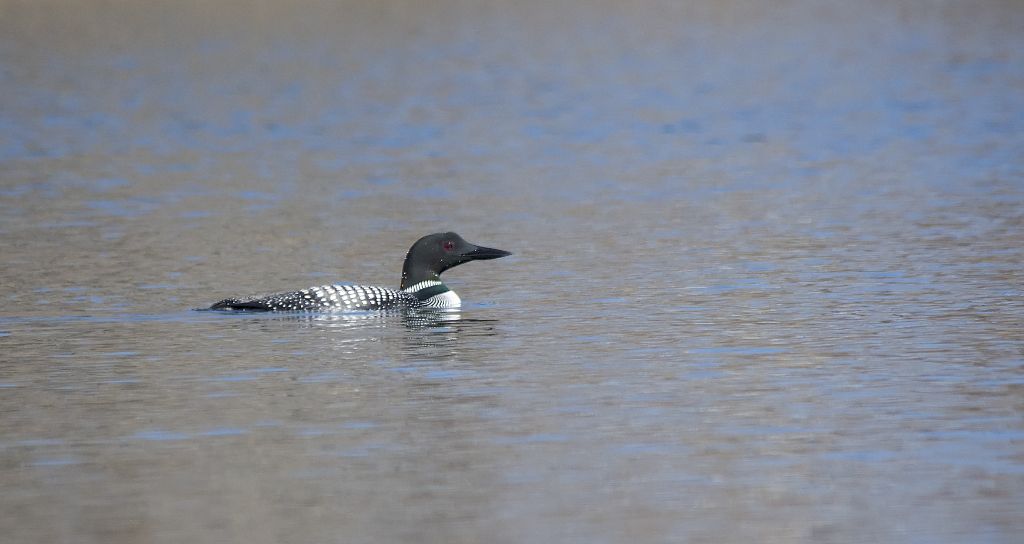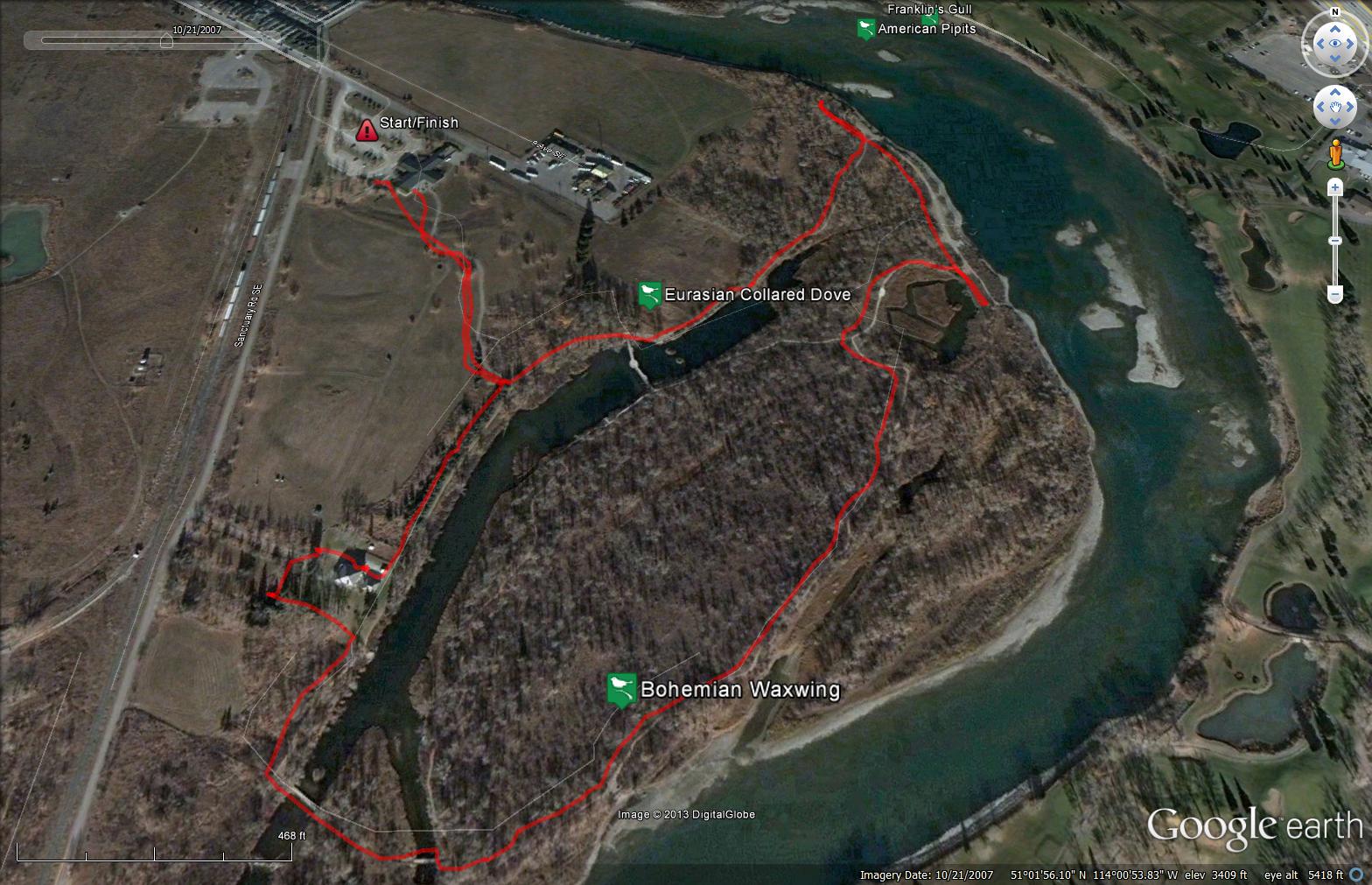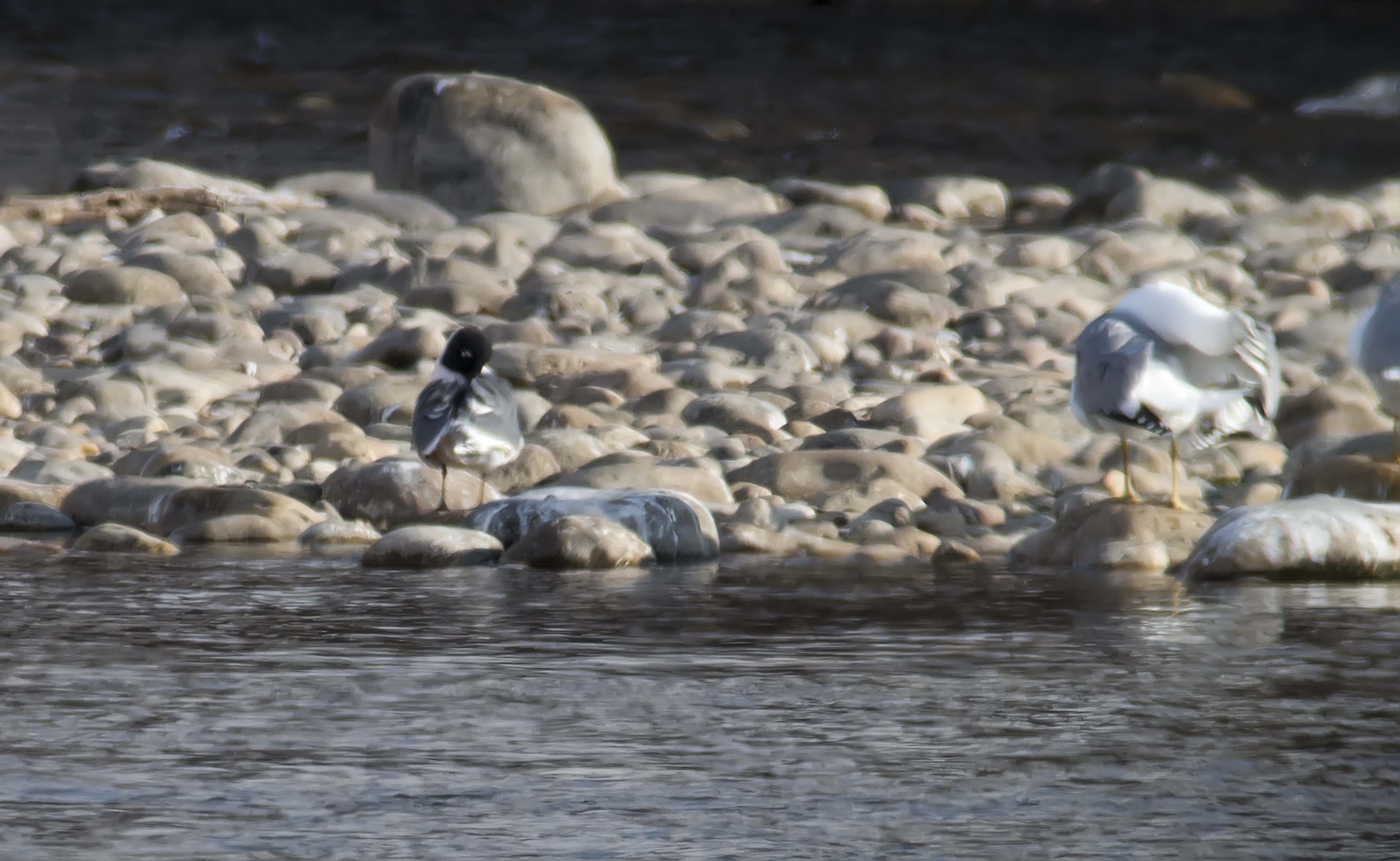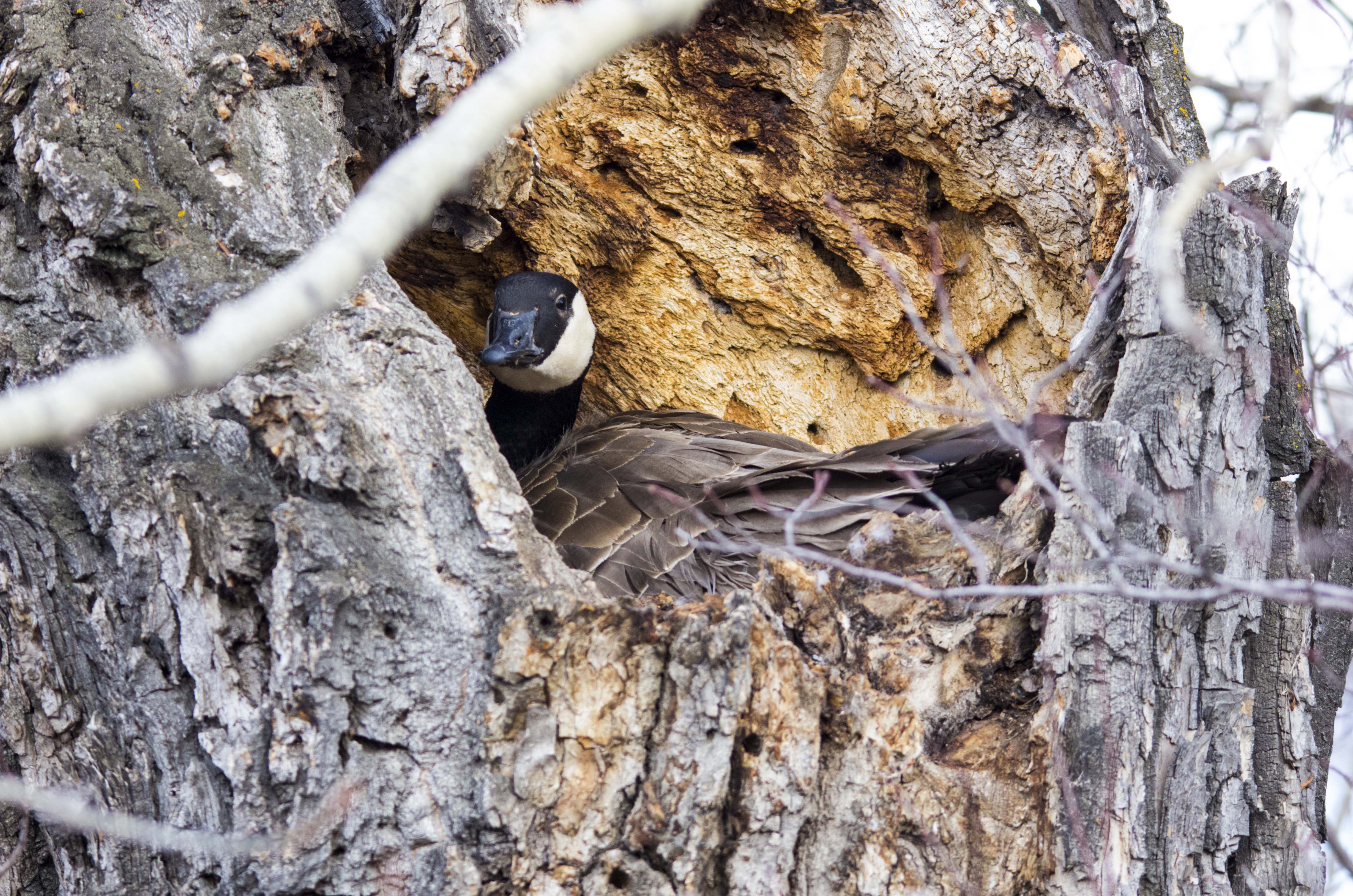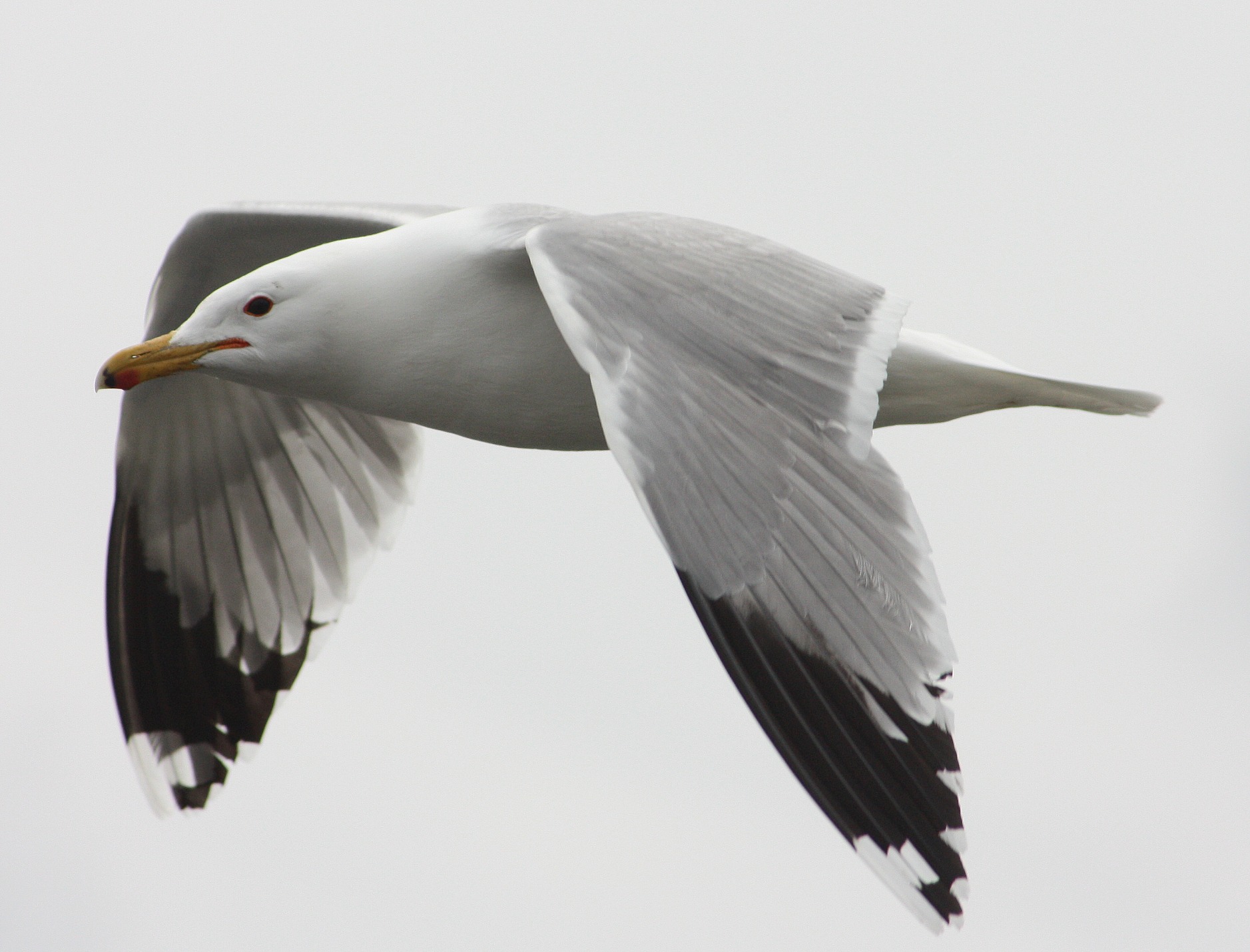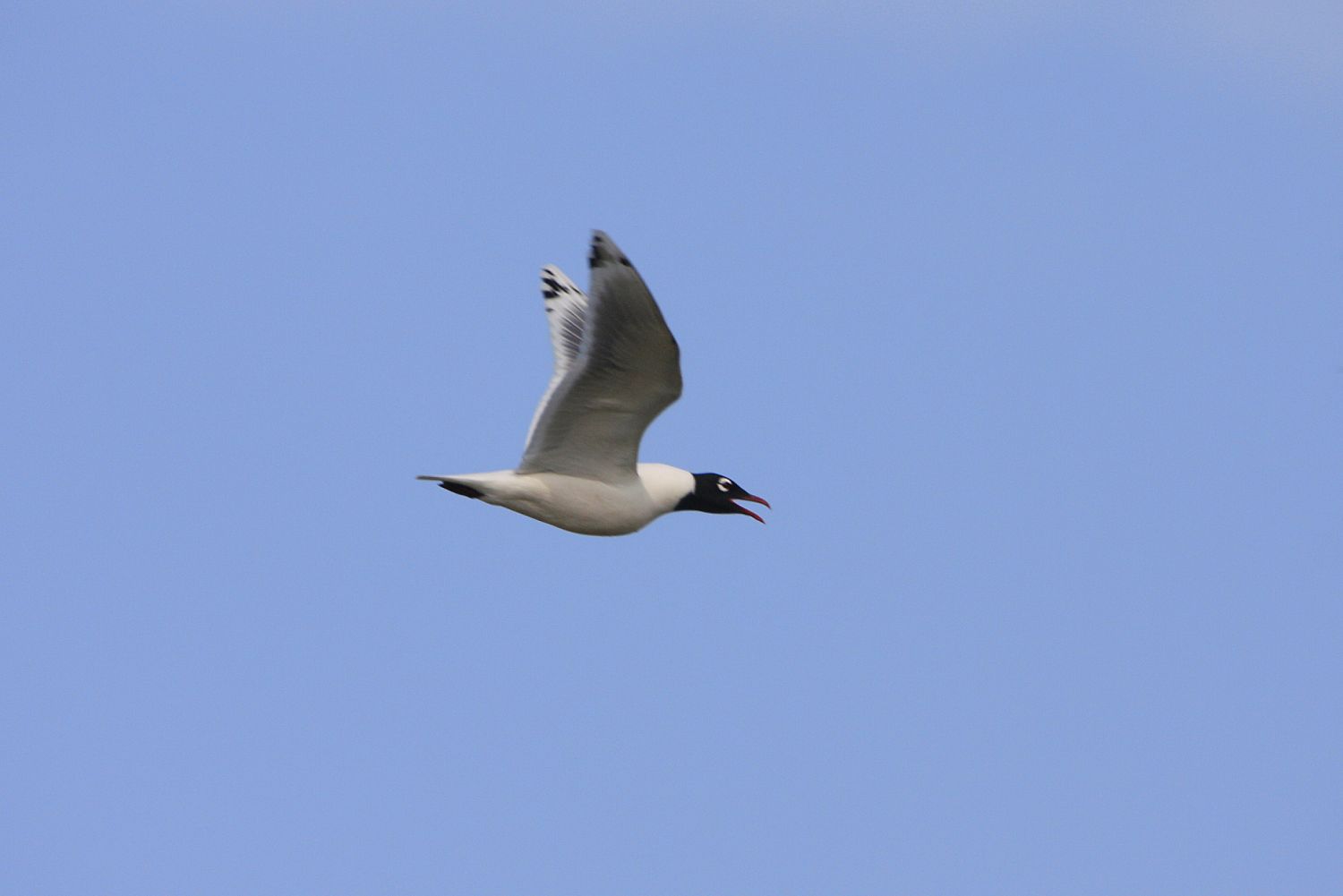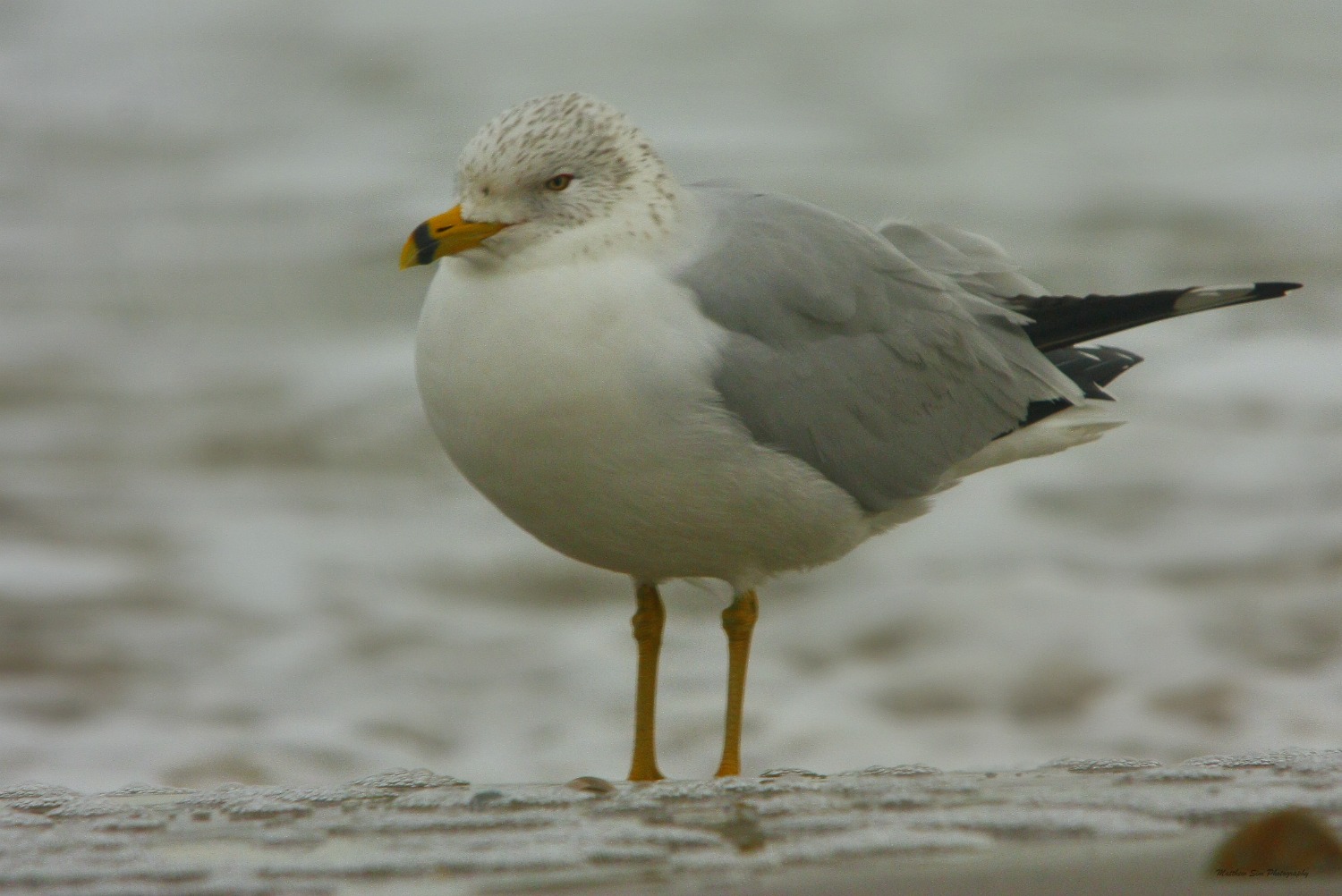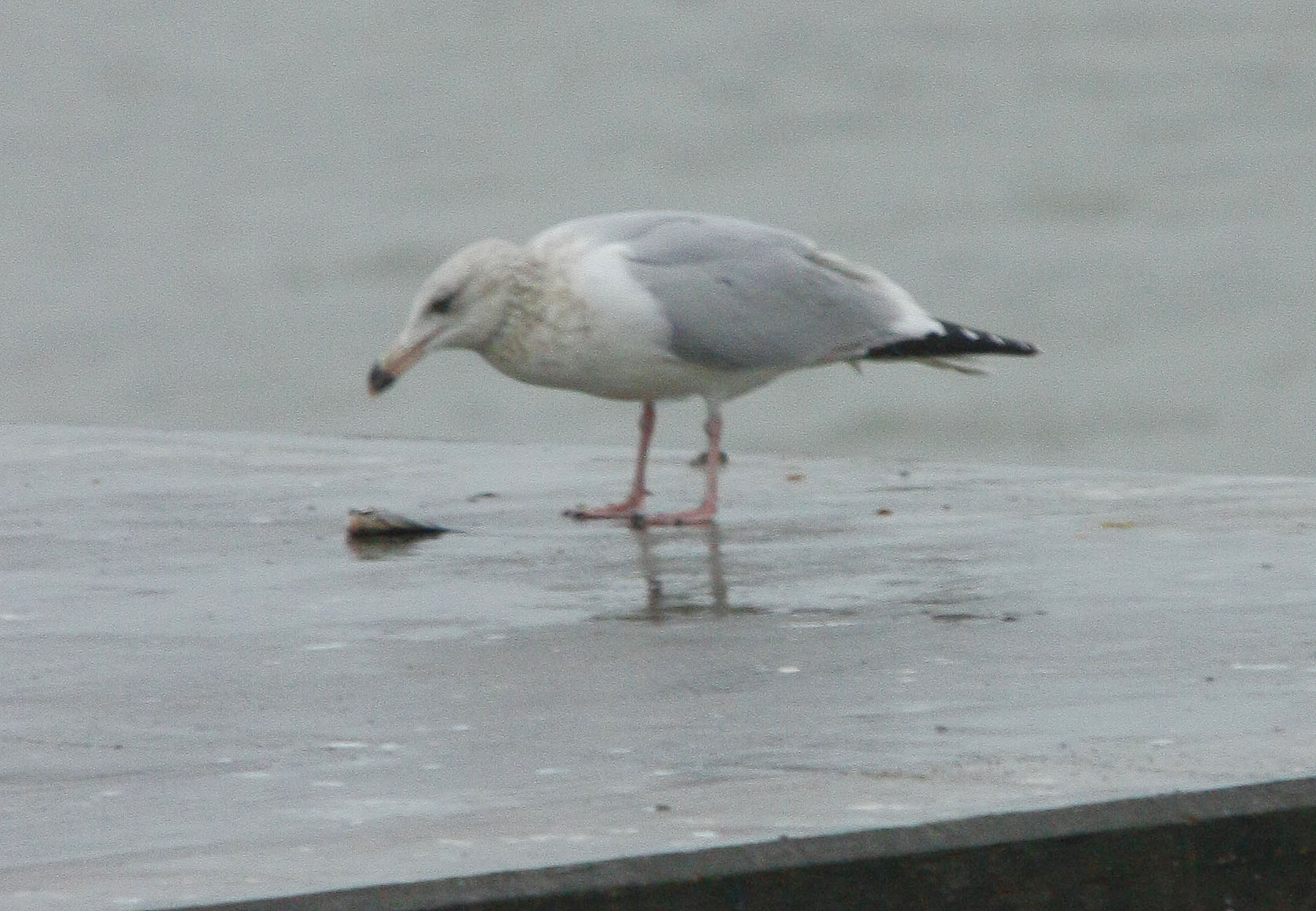By Terry Korolyk.
Monday, August 15, Terry traveled southward with the ultimate destination being Chain Lakes PP west of Nanton and Pine Coulee Reservoir. I started at the large wetland in the southwest corner of the Spruce Meadows Trail and Highway 2A in the extreme south end of Calgary. Formerly known as the Priddis Radio Towers slough; now known to some as Sheriff King Slough as it is on Sheriff King Street. Upon arriving, I almost immediately found a juvenile Black-crowned Night Heron in the northeast corner of the slough.

Black-crowned Night-Heron, Sheriff King Slough, August 15, 2016. All photos by Terry Korolyk.
Perched on a telephone wire in the same corner was a juvenile male Belted Kingfisher. This slough was a popular site this year for nesting Grebes including all 3 of Eared, Red-necked, and, Pied-billed Grebe. Eared are the most abundant, but, on this morning there were 22 Red-necked Grebes, many of them juveniles, or, birds-of-the-year.
Sheriff King Slough was, only a few years ago, an excellent shorebirding location with extensive mudflats. Excellent numbers of the basic migrating species such as Baird’s, Semipalmated, Pectoral, and, Least Sandpipers were attracted by its location and habitat with rarities found there being Western Sandpiper (more than once); White-rumped Sandpiper, and, Red Knot. Non-shorebird rarities found there included Sabine’s Gull, Snow Goose, and, Ross’s Goose.
I left the slough driving south on Sheriff King Street, then, turning westward on to 210 Avenue. A pleasant surprise was a pair of SAY’S PHOEBES along 210 Avenue, just east of 64 Street. Photographs taken.
I continued southward getting a nice surprise at a marsh on 48 Street south of 274 Avenue. The marsh has a nice bit of woodland with it which is liked by local resident songbirds such as Black-capped Chickadees which were in evidence this morning. Best of all though was a somewhat miffed NORTHERN WATERTHRUSH ; the first time I had found this species at this slough. Birding at this location can actually be quite good. Forty-eighth Street is tree-lined for much of its length southward to Highway 549 and during migration, an excellent variety of songbirds can be found along it. Birds found along there today included a Hairy Woodpecker which made a bit of an unexpected addition to the day’s list.
From Highway 549, I drove south on Highway 552 to Okotoks. A Great Blue Heron was along Spring Creek just outside of Okotoks.
I drove straight through Okotoks emerging at the south end where I crossed Highway 7 and moved on towards High River on Highway 783. I stopped on the way, however, to check the Okotoks Regional Landfill which included an assortment of California Gulls, Ring-billed Gulls, Common Ravens, American Crows, and, European Starlings.
High River can have excellent birding. Drive westward on the road running along the town’s southern boundary and follow the roadways southward, then westward, then, southward, and, then another time, and, you find a good variety of birds. The roads travel through open woodland; past farms and acreages with little traffic. Today, Cedar Waxwings were everywhere, both adults and juveniles. Mourning Doves were common. Prize bird today though was an immature PHILADELPHIA VIREO with very yellow underparts.
Just south of the town, a large dugout can make for some good birding. Amongst various waterfowl here today were a few Baird’s Sandpipers and Lesser Yellowlegs. From here, I made my way westward to Meridian Street which strikes straight southward through primarily agricultural land. I used to see Western Kingbirds along here, but, didn’t see any today. A pair of Mourning Doves were perched on a telephone wire seemingly in the middle of nowhere. On the west side of Meridian Street just before you descend to a bridge over Mosquito Creek, there is an acreage with feeders and well-landscaped grounds, and, better yet: birds! I stopped to watch for a few minutes. To my surprise, 6 Gray Partridge scurried out of some grasses by a pond. To me, this was a good sighting as this was the was the furthest west I had seen Gray Partridge since one occasion a few years go when I saw some just west of Nanton.
Once you cross Mosquito Creek, you are in a large willow swale. I stopped for lunch by the creek and was greeted by a pair of Belted Kingfishers.

Belted Kingfisher.
I believe, they may have been nesting there, but, they didn’t hang around. A short distance on was the Williams Coulee Road junction.
I turned right on to Williams Coulee Road and headed westward. I have driven this road many times and always like to see what birds are breeding there, particularly the waterfowl. Not too far from the junction, I came across the first slough, a fairly large one straddling both sides of the road. Waterfowl numbers were strong with many juveniles of our basic prairie dabbling Duck species such as Gadwall, Mallard, Northern Shoveler, and, both Blue and Green-winged Teal.

Female Blue-winged Teal with young.
But, there were shorebirds there as well including Baird’s, Least, Pectoral, and, Semipalmated Sandpiper, and, Lesser Yellowlegs. There were also 5 Solitary Sandpipers.

Solitary Sandpiper, photo taken August 6, 2016.
Many times, I had found shorebirds along this road during the Fall season. Remainder of the sloughs and ponds along the road held no waterfowl as far as Highway 22. A lone Great Blue Heron stood motionless on one shoreline.
I reached the north end of Chain Lakes shortly after. I could see only one bird, a Common Loon on the water. I moved on to the south end of the Lakes where there were 3 Loons. The 3 of them were in breeding plumage. Two of the birds had sloped foreheads without prominent foreheads, more like that of Yellow-billed, or, Red-throated Loon rather than Common Loon. However, the bills of all three had the heft of Common Loon bills. Was it because the feathers on their heads were slicked down from diving? A puzzling trio; I took photos to study later.

Loon with sloping forehead. August 15, 2016.
I drove down to the creek below the Dam and found an American Dipper there. I only saw the one bird, so, I don’t know if there was breeding there or not. Large numbers of Clay-coloured Sparrows were flying from the trees along the creek over to the woodlands by the Dam. I counted at least 120 in only a few seconds so who knows how many birds flew over through the course of the day.
I left Chain Lakes for Pine Coulee Reservoir by crossing Highway 22 to Highway 533, then driving Highway 533 to the Flying E Road junction. This road passes through rolling hills and grassland along Willow Creek to Pine Coulee Reservoir. On this particular day, it proved to be a bonanza of American Kestrels as I found 5 of them hunting in the grasslands.

American Kestrel, August 15, 2016.
At the Willow Springs Arena bridge not far from Highway 533, I got my third Belted Kingfisher of the day, a male, and just past the bridge, I photographed a possible adult light-phase Calurus-subspecies (Mountain race) Red-tailed Hawk.There was some buffiness on the upper breast. Its call was even different from that of an Eastern Red-tailed Hawk, the common Red-tail in the Calgary area.

Red-tailed Hawk, August 15, 2016.
Pine Coulee Reservoir was being used mainly as a staging area for Franklin’s Gulls on this day. On the entire Reservoir for the day, I estimated about 3000. I counted most of them out, but, then rounded off the number at 3000 for parts of the Reservoir I couldn’t see. Other than one large raft of Franklin’s offshore from the Dam, other birds there were floating rafts of Grebes, both Red-necked and Horned. Eared Grebes were spotted about on the surface of the water.

Franklin’s Gulls, June 15, 2016.
Water level at the Reservoir was the lowest I had ever seen it. Being created primarily for irrigation purposes, I thought that because of the mild late Winter and early Spring we had had that that’s why the Reservoir was so low. This seemed good and bad, but, the good was the excellent shorebird conditions created at the north end of the Reservoir.

Stilt Sandpipers; an Avocet, some Peeps, and Short-billed Dowitchers.

Shorebirds, August 15.
Large numbers of shorebirds were there including all of Baird’s, Semipalmated, Least, Pectoral, and, Stilt Sandpipers. Lesser Yellowlegs were in the largest numbers there, and, Short-billed Dowitchers were also represented.
It was then time to head for home ending today’s trip.
——————————————-
Birders are reminded that the this week and next week, Fall songbird migration will be at its peak. The past couple of years, migration has started in late June. Observer coverage has been very good this year. In the period running from August 12 to August 22, Philadelphia Vireos, for instance, a species usually not very common in the Calgary area has come in with 8 reports. In the same period, Blue-headed Vireos have come in with 5 birds being reported in 4 reports. American Redstarts have showed up in good numbers so far, while, Magnolia Warblers have come in in expected numbers. Bay-breasted Warblers, one of the rarer northern Alberta Warblers in the Calgary area, have been reported 3 times already. Canada Warbler has been reported twice, both times at Wyndham-Carseland PP. Townsend’s and Cape May Warblers have arrived in normal numbers. There have been 2 Nashville Warbler reports, while, there have been more Black-and-White Warbler reports than usual with 6.
Other recent reports include 2 Pacific-Slope Flycatcher reports in the Calgary area. Janet Gill reported a Yellow-bellied Flycatcher at the Inglewood Bird Sanctuary on Monday, August 22, while, a Dusky Flycatcher was slightly off course at Policeman’s Flats just southeast of Calgary on Friday, August 12 when it was seen by Terry Korolyk.
A NORTHERN MOCKINGBIRD was reported at the Boat Launch in east Fish Creek PP on Sunday, August 21, and, a possible mega-rarity, a juvenile NORTHERN WHEATEAR was reported just northeast of High River on Wednesday, August 17. The bird could not be found in an intensive search for it the same day. To this point, the only documented bird of this species in the province was a bird on Nose Hill in Calgary on November 22, 1989. A complete shock was a Canada Goose with some seemingly completely albinistic parts, and, the remainder leucistic seen at the slough at Township Road 250 and Highway 817 north of Strathmore on Tuesday, August 16.

Albinistic Canada Goose, north of Strathmore, August 16, 2016.
